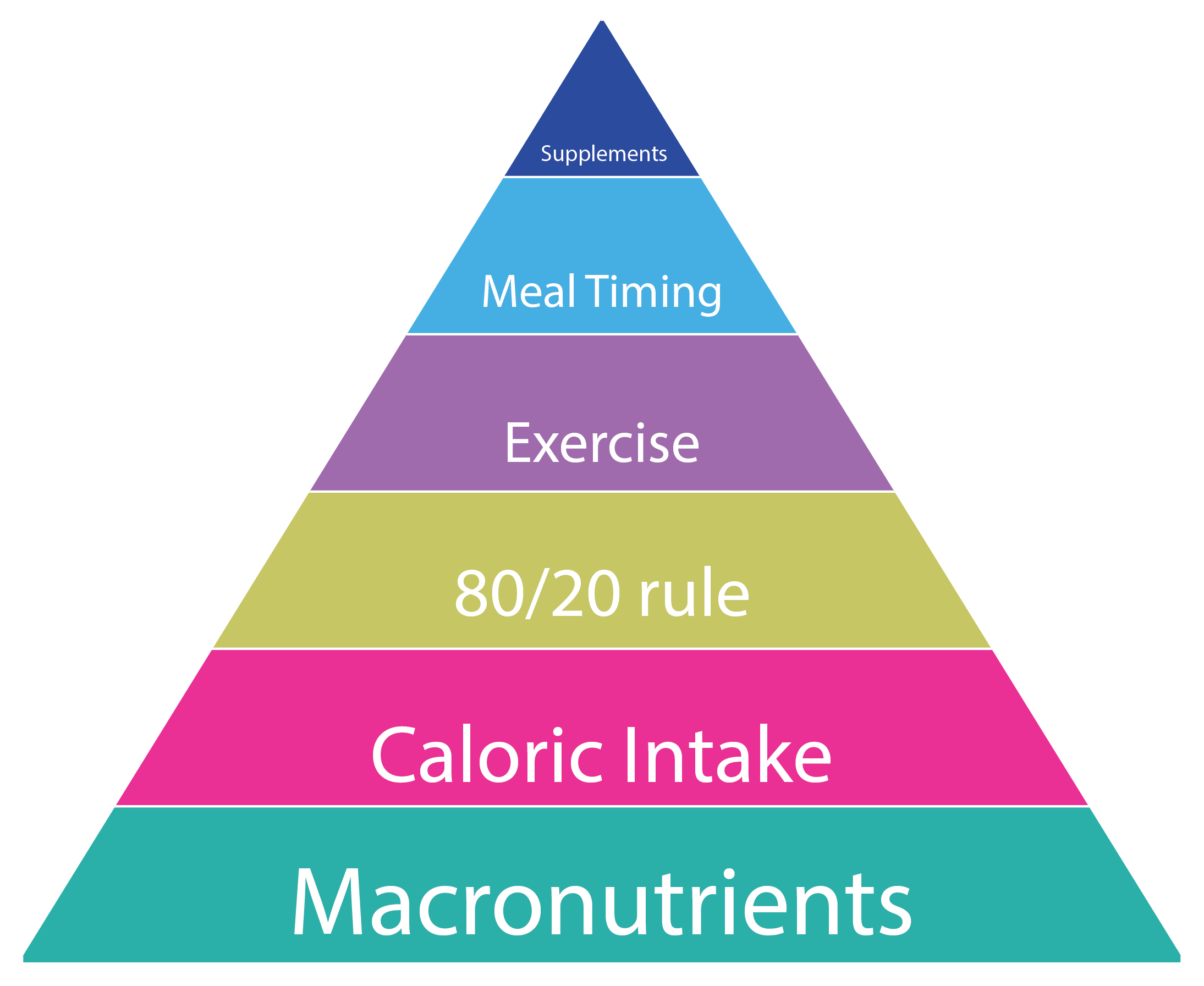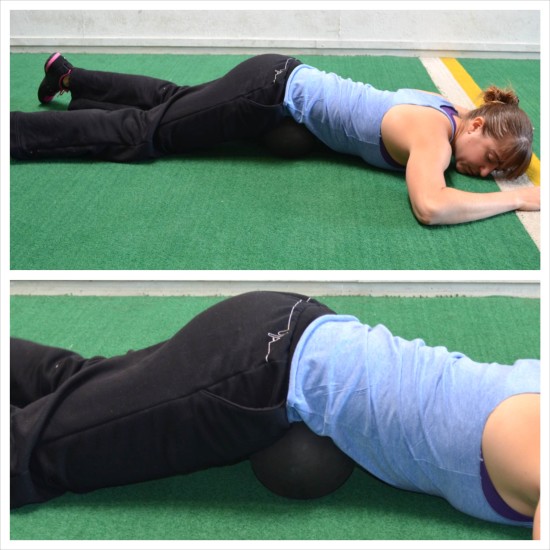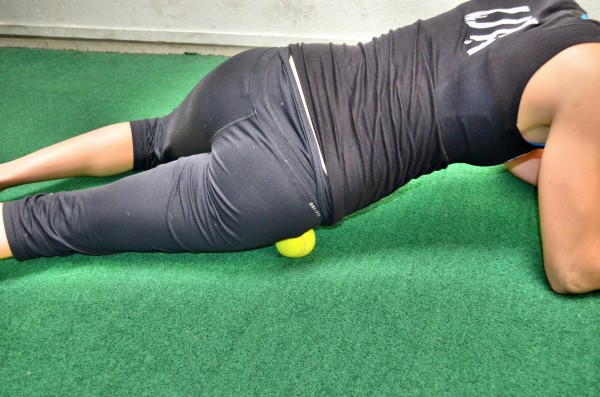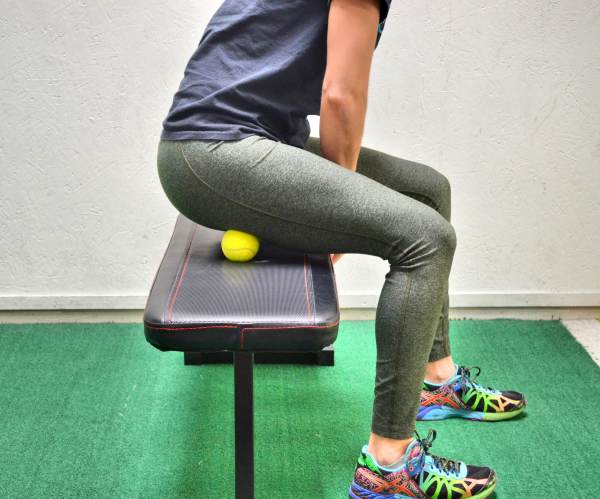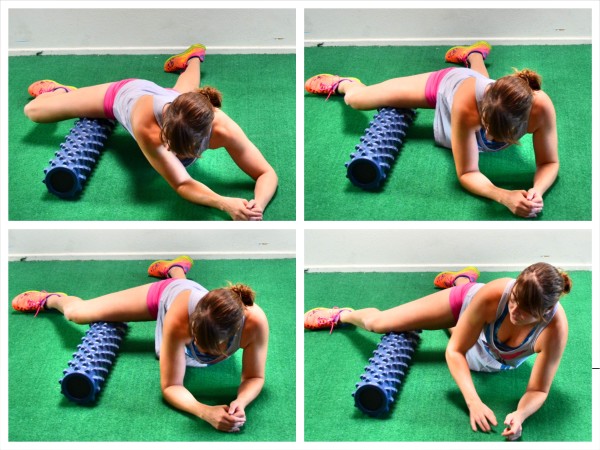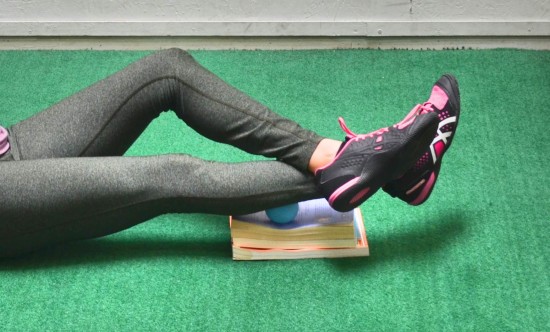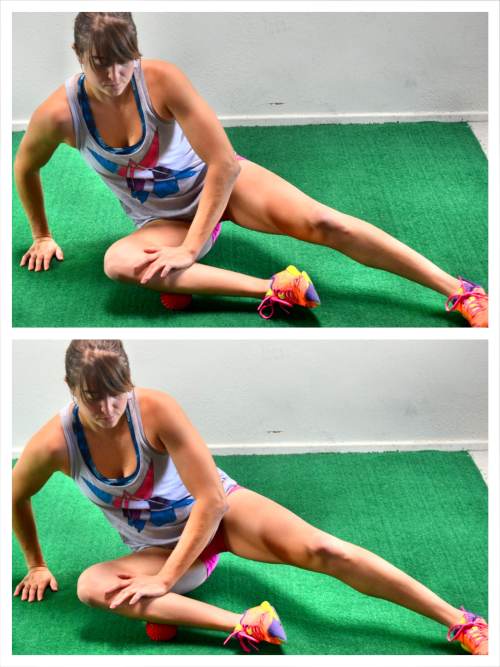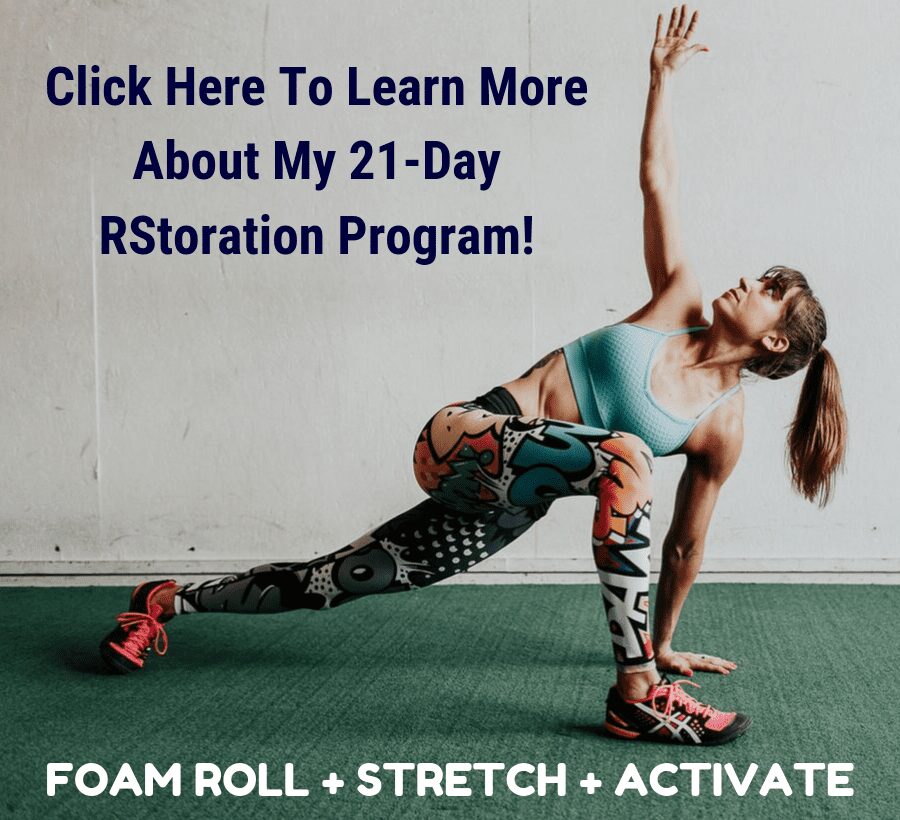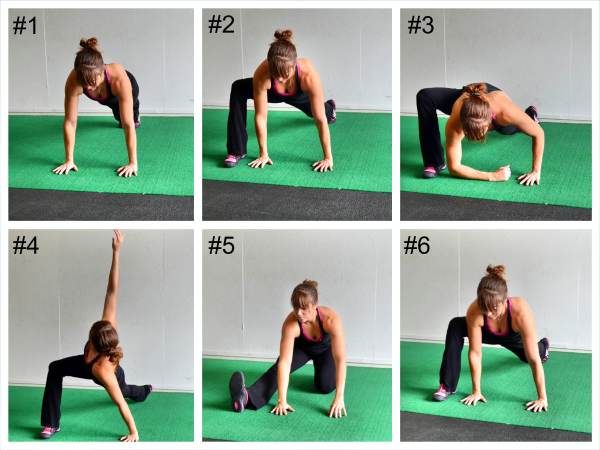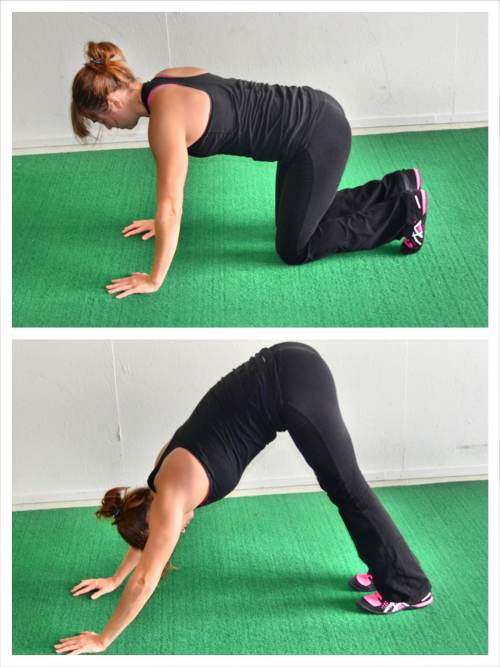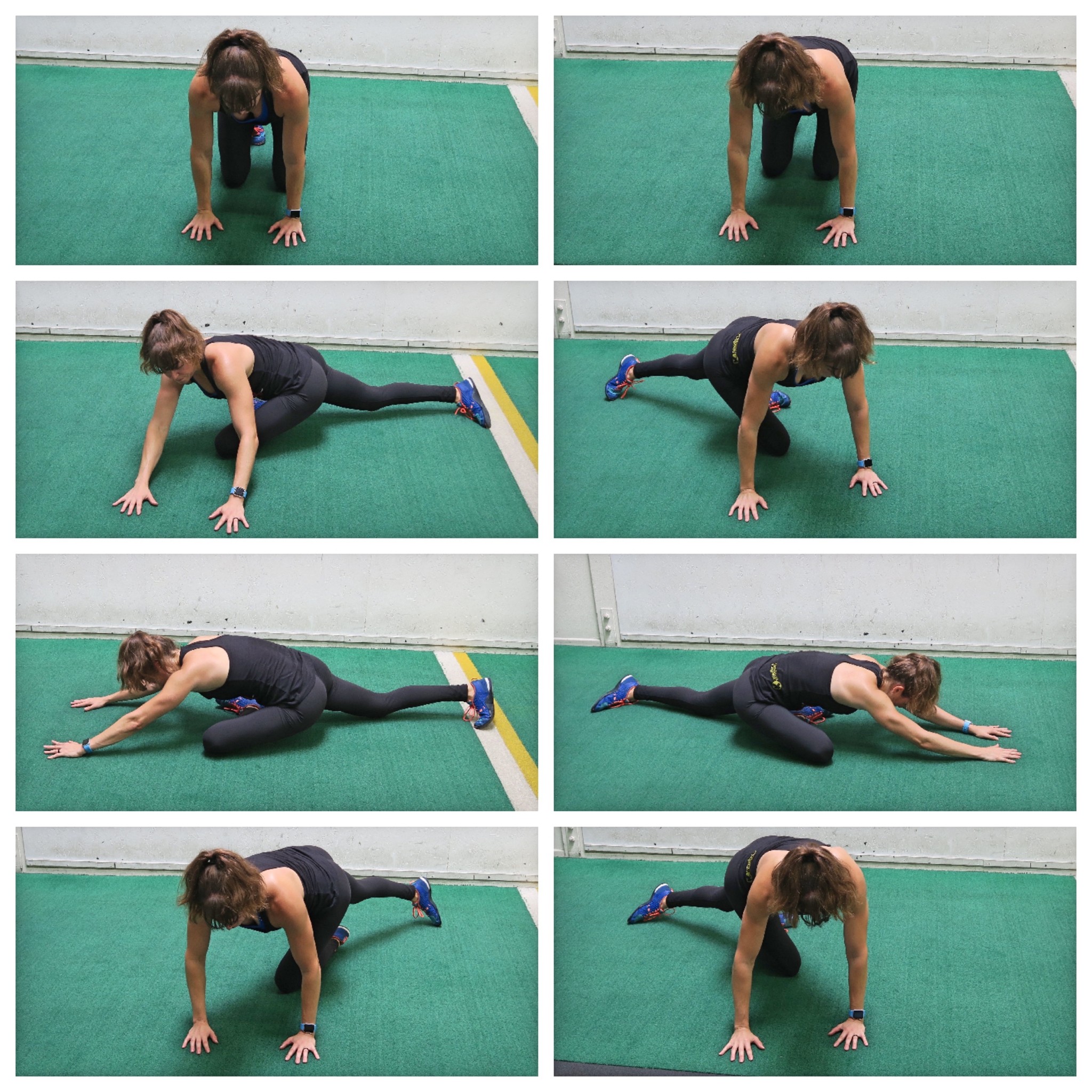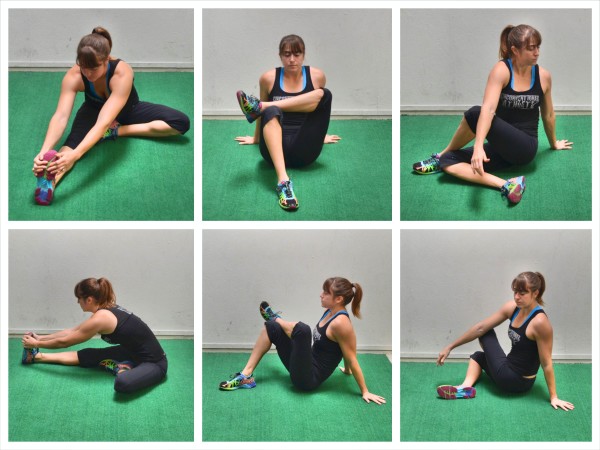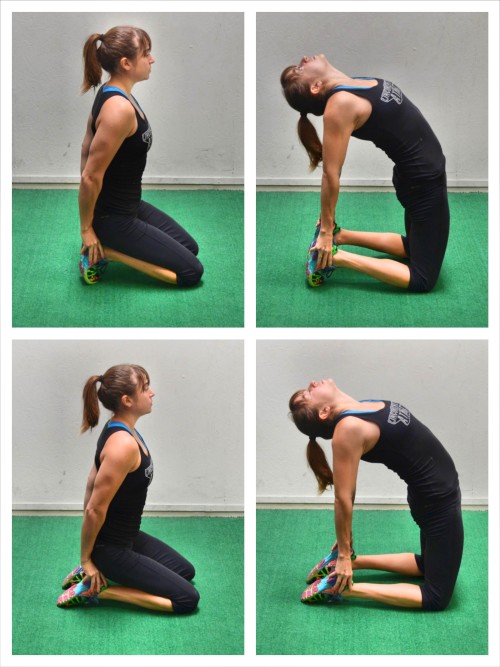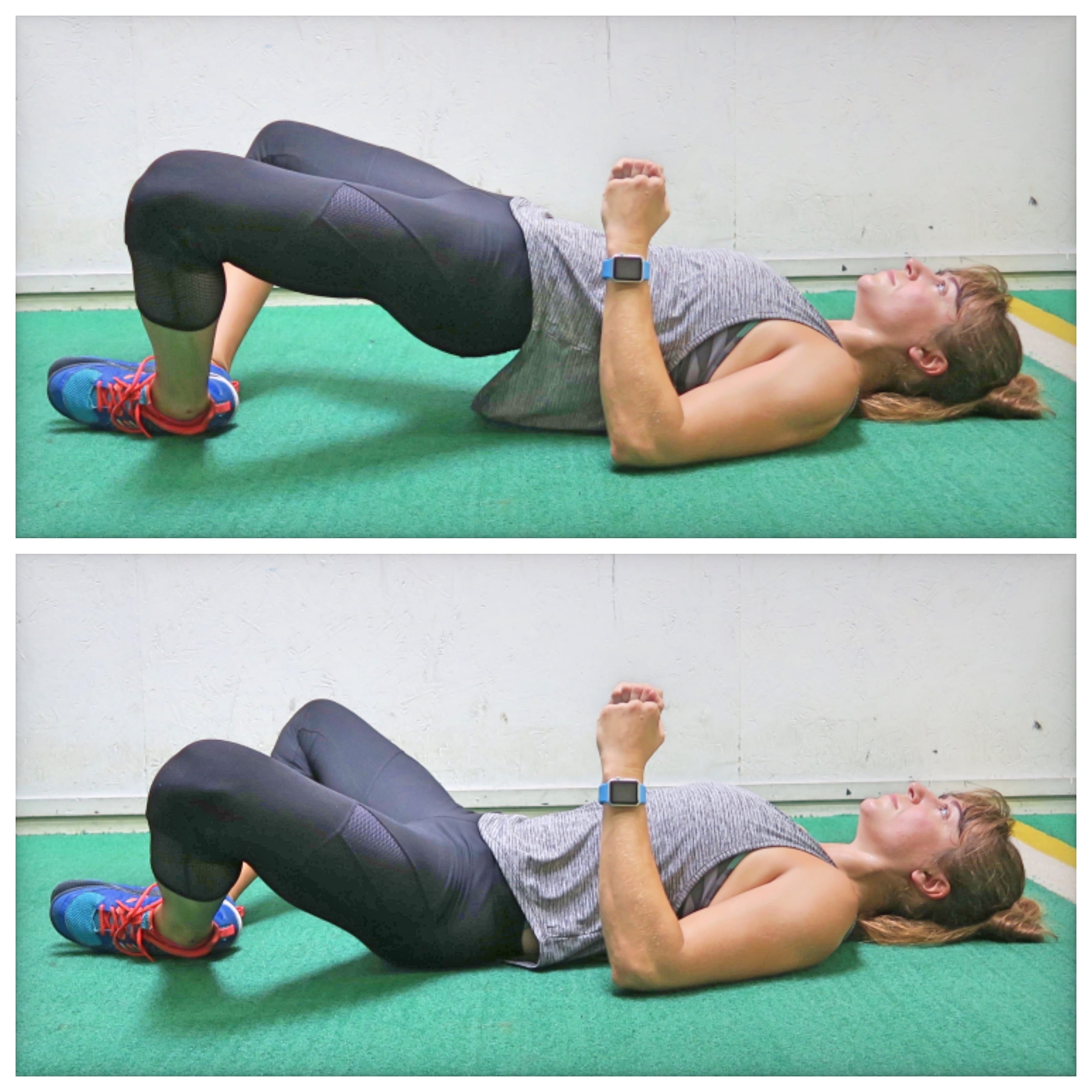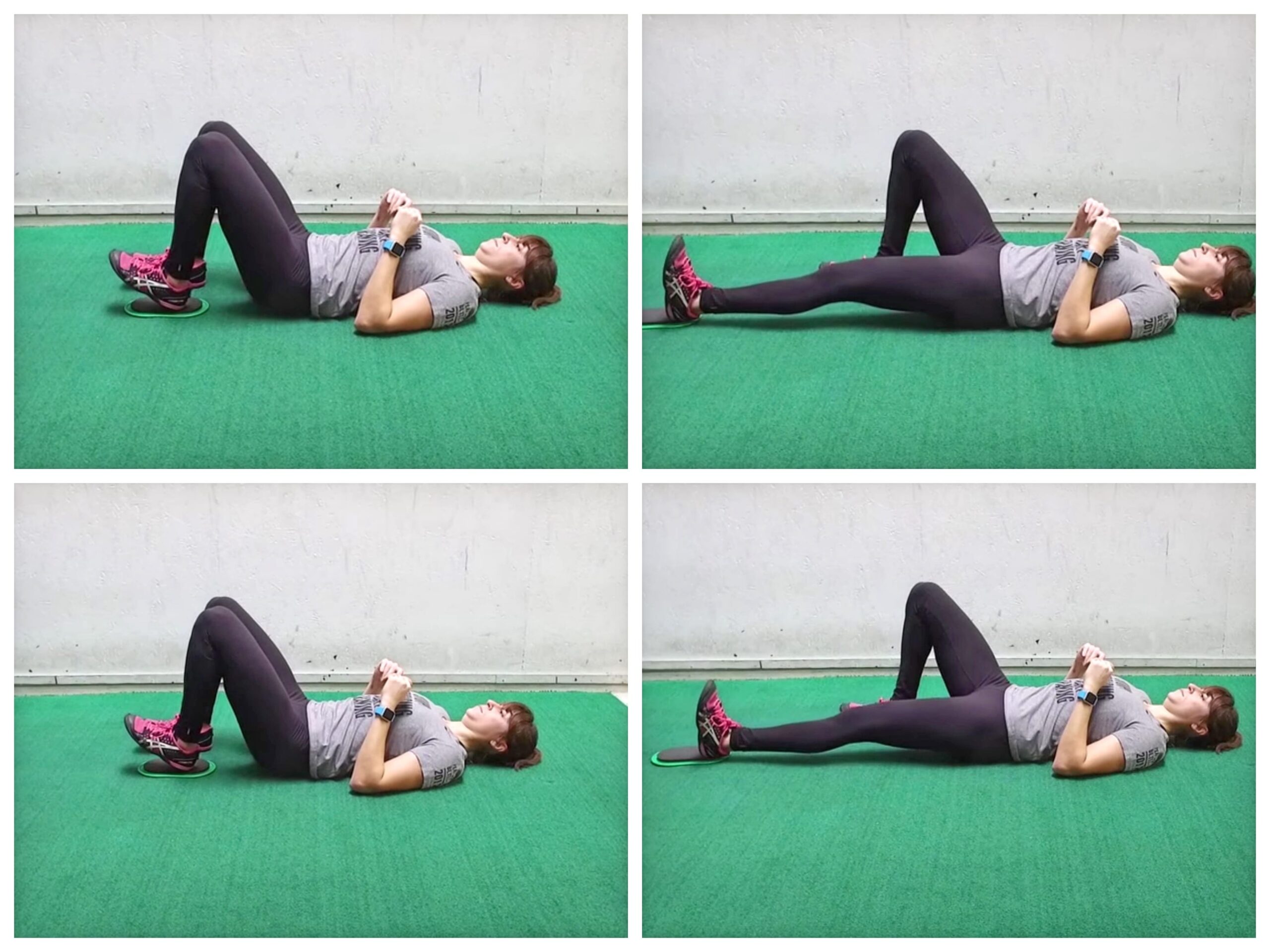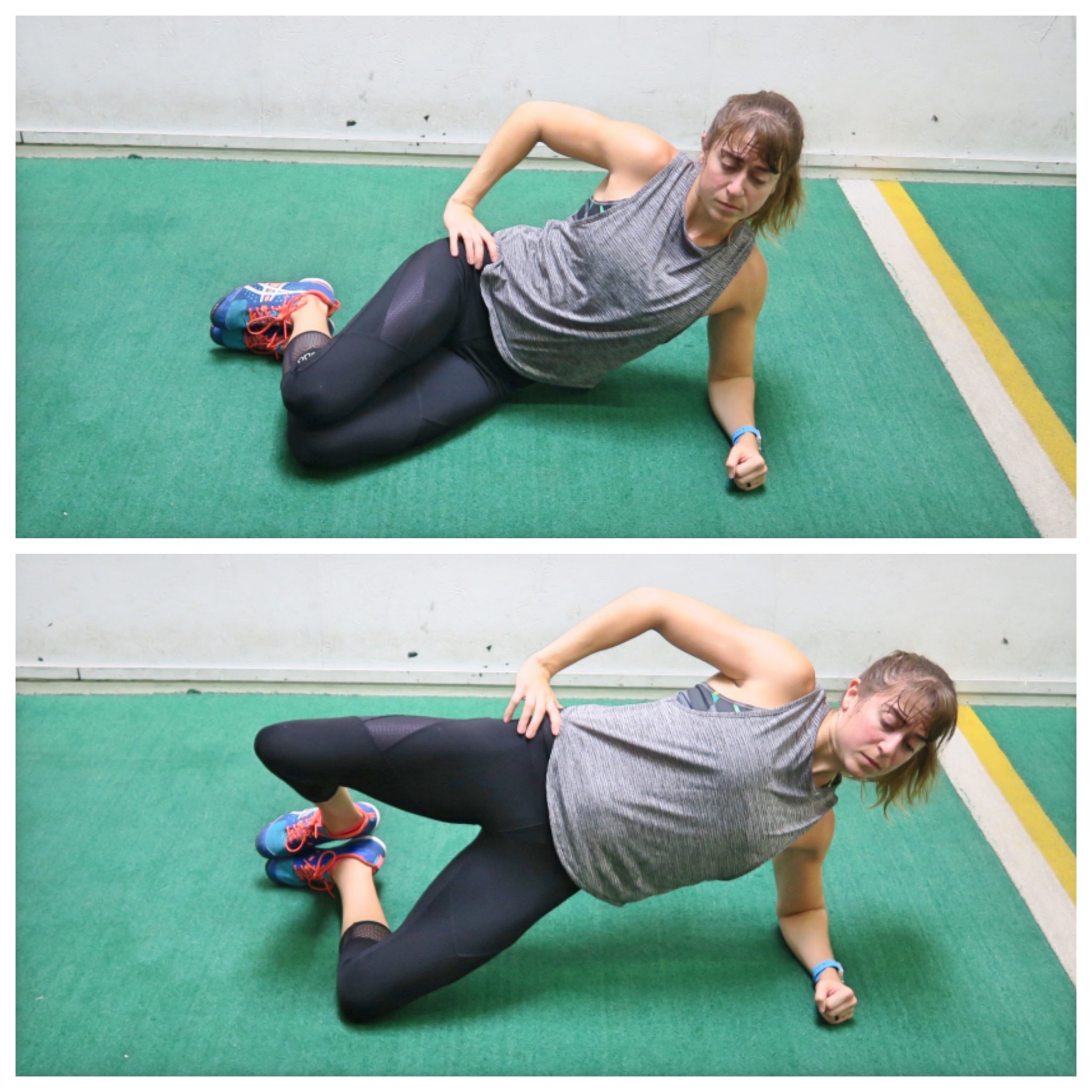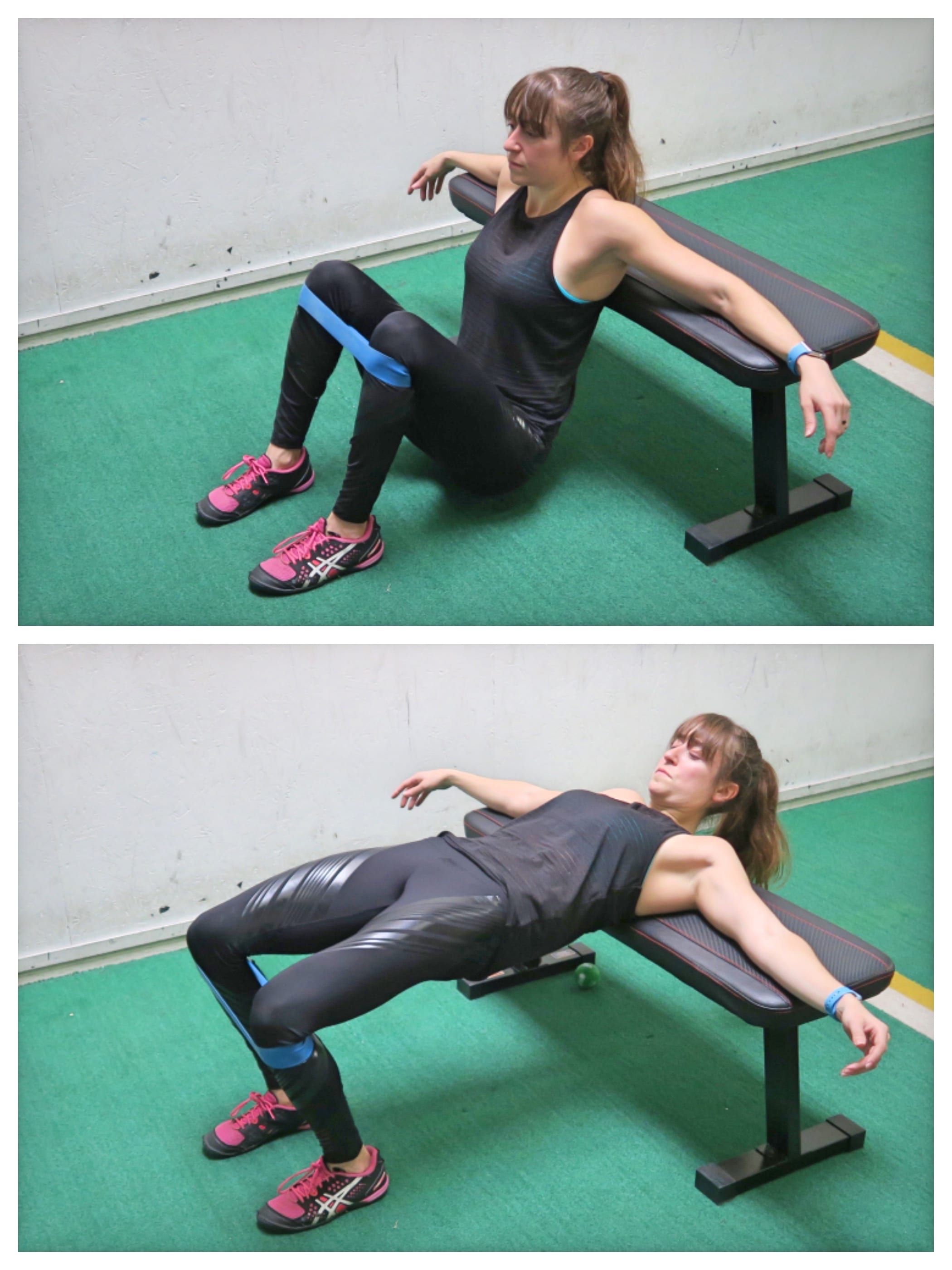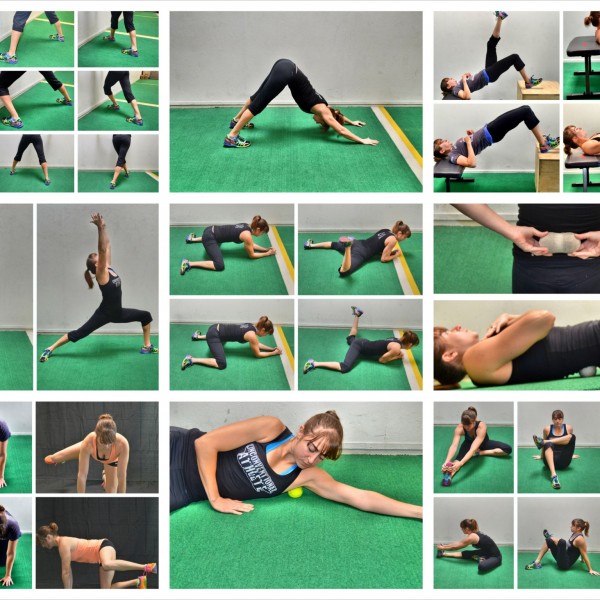
by Cori Lefkowith | Jan 23, 2019 | Blog, Butt, Core, Exercises, featured, Pain Relief
This one muscle causes more issues than we often realize. But because the pain and issues it often causes are “elsewhere,” we often don’t realize this nasty little culprit…
Ok…while no muscle is really “nasty” or “evil,” it is important we recognize the different roles specific muscles play in creating imbalances, compensations and injuries up and down our bodies.
And one muscle we need to pay more attention to is the TFL!
Too often we ignore the issues that can arise from a shortened or tight and overactive TFL or Tensor Fasciae Latae.
This muscle loves to try to take over for other muscles, especially our glute medius. And while often our IT Band, or sometimes even our hip flexors, get blamed, the TFL is ACTUALLY responsible for a variety of low back, hip and knee aches and pains!

The TFL – A Culprit Of IT Band, Low Back, Hip And Knee Pain!?

If you’ve ever had IT Band “issues” or IT Band Syndrome, you may want to take a closer look at your TFL.
A tight, overactive TFL can lead to increased tension on the IT Band, making it feel “tight,” and also cause irritation of the tissue between the IT Band and lateral aspect of the knee joint.
This can lead to knee aches and pains such as patellofemoral pain syndrome (this can also be called runner’s knee or jumper’s knee).
Tightness of the TFL can also restrict hip mobility and contribute to excessive anterior pelvic tilt. Both of these things can lead to hip and low back aches and pains.
And even though there is no direct connection between our TFL and ankle, guess what!?
Everything is connected!
A tight, overactive TFL has even been implicated in causing changes to ankle mobility because of how it also affects the knee joint.
Basically, if your TFL becomes tight and overactive, and you don’t address the imbalances it creates, potentially even because you are wasting time addressing “symptoms” of the problem (aka just focusing only on the point of pain), you can end up with compensations, immobility and imbalances that lead to aches, pains and INJURIES up and down your body!
What Does The TFL Or Tensor Fasciae Latae Do?
While you may be thinking, “Ok I get it. The TFL is a nasty little sucker and I need to relax and lengthen it, especially if I have any of those issues. Now just tell me how to do that!”
And I will provide you with moves below to help you do just that.
HOWEVER, it is important we understand the basic functions of this muscle so we can then be aware of when it may try to compensate during exercises and where we should be feeling the moves instead!
So what does the TFL do?
The TFL contributes to hip abduction (lifting your leg out to the side), hip flexion (bringing your knee up toward your chest) and hip internal rotation (rotating your hip to turn your toe and knee in toward your other leg).
At the knee it also contributes to tibial external rotation, which is when you turn your foot out.
And at your pelvis it assists in anteriorly tilting you pelvis, which, if the muscle is tight, can lead to excessive arching of your lower back.
Why is it important you understand these functions?
Because when you see the movements that the TFL performs, you can also start to see the muscles that may become weak and inhibited (or underactive) because your TFL is tight!
The most common muscle we need to activate, if our TFL is tight, is our GLUTES, especially our glute medius!
The glute medius is supposed to be our primary hip abductor. HOWEVER, if the TFL becomes shortened and overactive, it may restrict our glute medius from firing effectively and efficiently and even try to carry more of the load than it should.
Have you ever done Mini Band Monster Walks or Lateral Raises and really felt your hips burning?
That may be because the TFL is trying to take over for your glute medius instead of allowing it to work as it should!
So how do you avoid letting the TFL take over?

3 Moves To Help Relax The TFL And Activate Your Glute Medius:
The first step is relaxing that overactive muscle. But once you’ve relaxed that muscle, you must then make sure that you improve your mind-body connection to properly RECRUIT your glute medius to do the work it should.
That is why you need to FOAM ROLL + STRETCH + ACTIVATE!
Below is a foam rolling and stretching move for your TFL as well as an activation abduction move to strengthen your glute medius.
TFL Foam Rolling:
Relax this overactive muscle using this foam rolling move. Relaxing trigger points here may help you find relief too for a tight IT Band. Any time we hear “foam roll your IT Band” we should either focus on our lateral quad or our TFL.

To roll out your TFL, you can use a roller although a ball works best. The smaller and harder the ball, the more it will dig in. If there is too much pressure and you can’t relax while holding on the tight spot, use something softer or a roller without spikes.
Place a ball on the ground then position your body so the ball is just below and outside, or back, from your hip bone. Roll the ball around slowly to find a tight spot and then hold on any tight spots.
If you find a tight spot, hold on that spot and lift and lower your leg up and down. By lifting and lower the leg, you are flexing and relaxing the muscle, which will help loosen everything up as you hold.
As you seek out tight spots in your hip, bring the ball around front and right to the side under your hip bone. Again hold on any tight spots and even flex and relax your leg to help dig in.
You can work your way back out to the side of your hip, and even into your glutes as well, if you find any sore or tight spots. Remember you are holding and breathing to release not rolling fast back and forth over the spot.
TFL/IT Band Stretch:
I first learned this stretch when it was called the IT Band stretch, but the focus should actually be on your TFL. You may feel it all the way down the outside of that one leg even.

To do the Standing TFL or IT Band Stretch, start standing with your feet together. Then cross your left leg over your right leg. Bring the left foot over and back across until the big toe is even with the big toe of the right foot. You want your feet even so that your front leg (the left leg) is pressing the back leg (right leg) straight during the stretch.
If you struggle to balance or it is too much pressure on your knees to have your legs so tightly crossed, place the front foot a bit out in front, but make sure that you don’t bend that back knee as you hinge over to stretch.
Then reach your arms up overhead for a nice big stretch. After reaching up, hang over, reaching your arms down toward the instep of the back foot (right foot). Push your hips out to the right as you reach toward your right foot so you feel a stretch down the outside of that right hip and side. You may even feel it down your right hamstring and calf.
Hold for a breath or two. Then reach back up overhead and cross your legs the other way so your left foot is back. Again reach up overhead then reach down toward your left instep, pushing your hips out to the left. Keep alternating sides with a reach up overhead in between every time.
Try to touch the ground as you reach down while making sure to keep your legs straight.
If you really struggle to balance, you may need to stand with your feet together and not crossed over as you reach toward the outside of each foot while pushing your hips away.
The key is really pushing that hip out to the side. You can even change things up reaching overhead and even slightly back with the arm on the same side as the hip you are pushing out to the side.
3-Way Seated Abduction:
To target both the anterior and posterior fibers of the glute medius and make sure it is strong and activated from a variety of different angles, the 3-Way Seated Abductions is a great move to use before your workout. In our workouts, and even daily life, we need our glute medius to fire effectively with our body in a variety of positions, it is important we also do work to activate it with different degrees of hip flexion!
Also, if you feel your TFL only taking over during one position, you can make note of that positioning and even roll right prior to that version. You can even use the other two first to make sure your glute medius is fully firing before you get to that variation.
And while your TFL assists with hip flexion, sitting with your hips flexed where your TFL isn’t necessarily trying to flex more (aka relaxed because the bench is supporting you), say unlike standing where you may try to bend at the hips, may even help you prevent your TFL from taking over!

To do 3-Way Seated Mini Band Abductions, place the mini band right below your knees and sit on a bench. Start by sitting toward the front of the bench so you can lean back and put your hands on the bench behind you. Place your feet about hip-width apart.
Then press your knees open against the band as you lean back. Your feet may rock open but focus on using your glutes to press the band open with your knees. Do not let your knees cave in as you come back to the starting position. Complete all reps then move to sit up nice and tall.
Sitting nice and tall repeat, pressing out with your knees so you feel your glutes working. After completing all reps, lean forward and repeat the movement. You can hold on the bench outside your legs to lean forward or just lean over even lightly resting your arms on your legs.
Complete all reps in each of the 3 positions. Make sure you’re really focused on pressing your knees out to feel your glutes while controlling the band back in. To reduce tension, you can start with a lighter band or put your feet slightly closer together, but make sure there is tension on the band even in that starting position.
Don’t Just Go Through The Motions – Form Tweaks That Help Activate Your Glutes:
Now that you know this nasty little sucker is out there causing issues, and even have some good ideas of how to start dealing with those aches and pains, I do want to remind you that doing the “RIGHT” moves isn’t enough if you don’t feel the CORRECT MUSCLES WORKING!
That is part of the problem!
We do these abduction moves and our TFL tries to take over. Heck…it doesn’t try…we LET IT!
So doing more abduction moves for your glute medius can backfire if you aren’t feeling the right areas working. And simply having the move “look right” and performing a proper movement pattern, doesn’t mean you have a proper recruitment pattern.
As you do these moves, or any moves for that matter, make sure you FEEL THE RIGHT MUSCLES WORKING!
You want to use activation moves where your focus isn’t on lifting more to establish that mind-body connection so when you go lift heavy or run, those proper recruitment patterns are AUTOMATIC!
Assess where you feel working and tweak or change moves until you know that your glute medius is actually firing and your TFL isn’t just taking over.
Add in an extra round of foam rolling during your workout if you start to feel your TFL working. Reduce the loads or resistance you are using if you’re fatigued and compensating.
Or make small tweaks to even those activation moves to help prevent your TFL from taking over!
So what are some tweaks you can make? And how can you help yourself know that your glute medius is firing?
First, to help yourself focus on using your glute medius during abduction moves….
You need to know where you should be feeling it, right?
Place your pointer finger on your hip bone and your thumb back along the top side of your butt.
Where your thumb is?
Well that is where you want to feel those moves! Focus on feeling under your thumb working to start!

Now in terms of tweaking moves?
While your TFL assists with hip internal rotation, it also assists in external tibial rotation.
Often when people say they feel their hips during Monster Walks or lateral raises, you’ll notice their toes/feet start to rotate out.
By instead INTERNALLY rotating their foot, or turning their foot down and in, while the TFL does engage to internally rotate the hip, it sort of “keeps the TFL busy” during the lateral raises or abduction moves so the glute medius can act as the prime mover for those movements.

(In the picture above, the left shows external rotation vs. internal rotation on the right. You would want to set up like on the right and maintain that position through the lateral raise. It doesn’t have to be extreme internal rotation, just think slightly lead with your heel).
You can also often help engage that glute medius better by kicking slightly BACKWARD as you lift to the side. This prevents the TFL from flexing the hip and instead puts the hip in extension.
(Notice in the left picture I lift straight out to the side versus the right where I kick slightly backward as I raise out to the side. And SIDE NOTE: Especially if you are doing these for reps or adding a mini band, place your hands on a wall or something in front of you to balance. It also helps prevent you from rocking and engaging your lower back!)

Form, while important, isn’t this one solid thing we make it out to be! Try different body positions and tweaks to moves so YOU can establish that mind-body connection. Then start using variations from there as you gain more and more control!
Ready to prevent and alleviate lower back, hip and knee aches and pains?
Heard all too often you need to strengthen your core, especially your glutes?
Want to run faster, lift more, cycle further….and maybe even just build a strong, sexy lower body and butt?
–> Join my Glute Camp! <–

by Cori Lefkowith | Jan 10, 2019 | Blog, Exercises, featured, Foam Rolling, Pain Relief, Stretches
Often one of the first “warning signs” of potential injury can be immobility…especially when you notice a lack of mobility only during specific movements or on one SIDE of your body.
Neck pain? Shoulder pain? Upper back aches and pains?
Heck..even wrist and elbow pain!?
If a joint is restricted, it can lead to overload of other joints and overuse of muscles that aren’t meant to handle the load AKA compensations, imbalances and INJURY!
That is why it is key you address any restrictions in mobility you may have from say…YOUR DESK JOB.
Or commuting in the car. Or hunching over your phone as you text…
But improving your mobility isn’t as simple as just stretching.
Often we stretch and just feel like we tighten right back up because we keep replicating the same movement patterns and recruitment patterns that made us tight in the first place.
We may even foam roll having heard that foam rolling is like a massage and can loosen and relax tight muscles.
But again…it may feel good in the moment, but results never really seem to “stick.”
That is why you must include ACTIVATION MOVES and make your mobility work a 3-part process before you include more compound and strengthening or cardio exercises!
This doesn’t have to mean spending hours rolling, stretching and activating. Even just picking 1-2 moves of each for a quick 5-10 minute warm up can work wonders if you’re targeting your areas of tightness or weakness!
Below are 5 moves of each – Foam Rolling, Stretching and Activation – from my Arm Burner program to help you get started improving your mobility!
How To Improve Your Shoulder Mobility – Try These 15 Exercises
Foam Rolling:
Chest Foam Rolling:
Because so many of us spend so much time hunched over at a computer or seated in a car, our pecs or chest muscles can become tight and shortened.
This can lead to not only shoulder injury, but also be partly responsible for why your upper back and neck always feels tight! This can lead to the muscles of your upper back becoming over stretched and underactive.
That is why it is key that many of us start with relaxing our chest muscles!

To roll out your chest, you can use a larger foam ball against the ground or a smaller ball against the wall (You can also use a smaller ball against the ground just make sure to elevate it on some books especially if you have carpet!)
If you use the ball against the wall or even on the ground, place the ball right in the side of your chest by your shoulder joint. Do not place it on your shoulder joint.
Then reach your hand up overhead and back down toward your feet. If you are using the ball against a wall in a doorway, reach your hand out in front of you, bringing it up overhead and then down toward the ground.
Roll the ball from your shoulder along the bottom of your collarbone to dig out your entire chest. Hold on any tight spots.
Lat Foam Rolling:
While we often think of our lats as part of our back, which they are, they can also perpetuate our hunched posture and rounded shoulders partly because of their insertion point in our upper arm.
Tight lats can not only limit your shoulder mobility, but lead to scapular pain AND even perpetuate SI Joint Dysfunction, making them an important muscle to pay attention to!

To roll out your lats a roller is best although you can use a foam ball or even a tennis ball.
Start by lying on your side with a roller under one armpit. Extend the arm on the side with the roller up above the roller. Then rock forward and backward on the roller, rotating your chest toward the ground and then up toward the ceiling as you roll on the roller so it hits toward your ribs and then toward your back.
Hold on any tight spots you find then move it lower down the side of your back. Hold on any tight spots as you go and make sure to rock forward and backward as you make your way down your side.
As you work down your side, you may want to rotate slightly more toward your back. Work all the way from your armpit to about the end of your rib cage.
Be careful when rolling lower down your back into your low back. You do not want to arch over the roller and hyperextend your low back.
Trap Foam Rolling:
Our traps are often addressed as three segments – upper, middle and lower traps – as each portion of the muscle does help with different scapular actions.
This is important to note as for many the upper traps may be tight while the lower and mid traps may be weak. (Just to throw a wrench in things though too, I do go into how the upper traps are an interesting muscle as they aren’t always overactive and tight or underactive and weak similar to the psoas in the Arm Burner program.)
But I list the “traps” as an important muscle to roll out, partly too because with this foam rolling move, you can not only address tightness in your traps, but also the other muscles of your upper back, such as your rhomboids, which can become overactive especially if your traps are weak!
This move can be key for anyone who’s suffered from tension headaches in the past.

To roll out your upper back, traps and shoulders with a ball, stand with your back to a wall and place the ball to the side of the base of your neck. Press the ball into the wall and roll it down along your shoulder blade.
Hold on any tight spots. You may even want to pull your arm across your chest as you dig out under the shoulder blade.
You can also use the ball against the wall to dig out right at the top of your armpit behind your shoulder and all along your upper back from the base of your neck to the bottom of your shoulder blade.
If you want to apply more pressure with the ball, you can use a harder ball or use the ball against the ground instead of the wall.
Thoracic Extension:
This move helps relax the muscles along our spine to help us start improving our spinal, specifically thoracic, extension.
If we don’t have proper extension of our spine we will seek mobility from other areas. This can lead to not only upper body aches and pains, but also LOWER BACK pain!
A peanut is a great tool to use for this foam rolling move, or you can use a roller.

To work on your Thoracic Extension using a roller, place the roller on the ground and lie back over the roller with the roller at about your mid-back. You do not want to do this move with the roller in your low back or you could hyperextend your low back.
Cross your hands over your chest and, keeping your butt on the ground, extend your back over the roller. As you extend back over the roller, reach your hands overhead and relax your head and neck. Try to touch the backs of your hands to the ground behind you without lifting up your butt or putting the move all in your low back. Focus on extending your mid and upper back over the roller.
Sit back up and cross your hands back over your chest. You can then repeat, relaxing and extending back over as you relax your arms back overhead.
Perform the extension a few times, especially if the area feels tight, and then move the roller higher up on your back and, again with your butt on the ground, extend back over the roller. Hold for a second or two as you extend so that you can breathe and relax more over the roller.
Work all the way up your mid to upper back. Do not do this on your lower back. If you are going to work into your lower back, a peanut is a better tool that doesn’t hyperextend your lower back.
You can use a Rumble Roller, so a roller with “nobs” instead of a flat roller, if you want to dig in more.
Forearm Foam Rolling:
Our forearms are often forgotten muscles until we have to address them, whether to strengthen our grip to lift more, completely an obstacle course race or because of wrist and elbow pain and injury.
If you are spending a lot of time in the car, gripping the steering wheel or at a computer using your mouse or typing, it is a good idea to roll our your forearm, especially overactive flexors (the underside of your forearm).
However, depending on the elbow or wrist pain, it is important to note, you can also roll out your extensors.

To roll out your forearm, place a small ball or roller up on a table or desk. Place your forearm over the ball with it right below your elbow. You can start with the underside of your forearm down on the ball.
Then press down on your forearm with your other hand to press it into the ball. Start to make small circles on the ball to dig in more. Hold on any tight spots. If you find a tight spot, you can also tense and relax your forearm to help the ball dig in further. To tense and relax your forearm, you can flex and extend your wrist or even make a fist and then relax your hand.
By flexing and relaxing the muscles, you help the ball dig in and release the tight spot.
Roll the ball all along the fleshy part of the underside of your forearm. Then move to the outside of your forearm. Make sure to get the outside and inside of your forearm as there can be trigger points in both spots causing potential wrist and elbow pain.
Don’t waste time on any areas that aren’t tight or sore. Seek out and spend time on any areas of pain.
Apply as much pressure as you can handle and use as small and hard a ball or roller as you can.

Stretching:
Shoulder Flossing:
Especially if you are loosening up before a workout, you don’t want to HOLD stretches, but instead try to put the joint through a full range of motion so you can then strengthen through that full range of motion.
And shoulder flossing is a great way to start mobilizing the shoulder joint.

To do Shoulder Flossing, hold a band or towel in both hands with your hands about shoulder-width apart. You will adjust your hands in or out based on your mobility. Closer together requires more mobility, while further apart requires less. If you use a band, there will be some give so you can stretch the band if needed; however, with a towel there will be no give so make sure to set up correctly so that you can keep your arms straight through the full range of motion.
Stand up nice and tall with your chest pressed out as you hold the band in both hands in front of your legs.
Keeping your arms straight, lift your arms up overhead and then open them back up behind you. Reach them back toward the ground behind you, bringing them back down toward your butt. Then bring your hands back overhead and forward.
Because the band will stretch, it will give you a little play and allow you to open up wider if needed to get your arms in a full circle unlike the towel. Remember to hold in closer on the band as you gain more mobility and don’t need the band to stretch as much to allow you to complete the circle.
Half-Kneeling Thoracic Rotations:
Spinal mobility is key to helping us prevent neck and shoulder aches and pains. And we have to remember that our spine doesn’t only allow us to flex or extend but also rotate!
With Half-Kneeling Thoracic Rotations, you can improve your spinal mobility, open up your chest and even stretch your glutes a bit!

To do Half Kneeling Thoracic Rotations, set up in a half-kneeling position on the ground with both hands on the ground inside your front foot. Palms should be flat on the ground. If you are less flexible, you may need to come up a bit on your fingers as you rotate.
Then lift one hand and rotate your chest toward the front leg. Keep your front foot flat on the ground as you do it. Reach up and rotate your chest toward that front leg. Place the hand back down on the ground and then lift your other hand up toward the ceiling and rotate your chest away from the front leg. Really reach open and don’t let your front foot rock open.
You can even keep that arm against the leg to help you rotate. Place the hand back down and repeat the rotation toward your front leg. Move slowly and keep your front foot flat on the ground.
Kneeling Thoracic Extension And Lat Stretch:
This move can help improve your spinal extension aka reverse the constant forward flexion or hunched posture while also improving your shoulder mobility. It can stretch your lats and even your triceps.

To do the Kneeling Thoracic and Lat Stretch, place your elbows up on a bench about shoulder-width apart and kneel on the ground in front of the bench. Make sure you are back far enough that you have room to lean forward and over and drop your head between your elbows.
Then with your elbows on the bench, relax your chest and head over, sitting your butt back just slightly. Press your chest toward the ground and feel a nice stretch down your triceps and lats as well as through your thoracic spine. Try to extend your back as much as possible as you press your chest toward the ground.
You can either hold here and breathe to stretch deeper or you can come out of the stretch and then relax back into it and try to get further with each rep.
Suspension Trainer Snow Angels:
Since most of us spend so much time seated hunched over, we not only want to relax the muscles of our chest with foam rolling but also stretch them out!
I love this stretch too to open up the chest and improve your posture and shoulder mobility because it can also be a unilateral move if you find one side is tighter!

To do the Suspension Trainer Snow Angels, you will need a suspension trainer, rings or even towels or resistance bands anchored behind you.
Using a Suspension Trainer, hold a handle in each hand and walk away from the anchor point with your back to the anchor point. Extend your arms straight out to your sides at shoulder height and walk away from the anchor point so that you feel a stretch in your chest.
You may have to adjust slightly backward or forward as you begin to do the wave, depending on your mobility.
Then, standing still with your arms starting out at shoulder height, raise your arms up overhead. Keep your arms straight as you extend overhead and even lean slightly forward to increase the stretch.
Hold for a second or two and then bring your arms out and down to the side, lowering them all the way back and down toward the ground. Keep your arms straight as you bring them down.
Feel the muscles of your chest and even around your shoulder stretching as you lower your arms down.
Then bring them back up out to the side and back overhead. Move in a fluid, smooth “wave” as you lift and lower. This movement also sort of looks like you are drawing a snow angel behind you.
Move slowly to wave the arms up and down. Make sure you are far enough out and leaning slightly forward so that you feel a stretch. If it is too much and you can’t move your arms in a full wave, move back slightly or don’t lean in as much.
Hold at any point that feels extra tight for a breath or two.
Thread the Needle:
If you’re upper back and neck constantly feel tense, this can provide some more “instant” relief, even if not lasting relief.
You will feel this move all across your upper back and even gently in your neck.
While this can be a move used as part of your warm up if you alternate sides, pausing for only a breath on each side, it is also a great move to include in your cool downs or recovery workouts as a static stretch.

To do the Thread the Needle Stretch, kneel on the ground and then lean forward, reaching one arm overhead to place the palm on the ground as you reach the other one under your arm to relax the side of your head and body down to the ground. As you relax the side of your head and your bottom shoulder down, use the hand overhead to help rotate your chest open toward the ceiling.
You are “threading a needle” by reaching one arm through the “hole” created by the arm reaching overhead.
Breathe and relax into the stretch so that you feel a stretch down your neck and across your shoulder blades. Rotate your chest up and open. You can walk your top arm back behind your head to increase the stretch.
Hold and then thread the other arm under and through.
Hold each stretch for at least a second or two before switching. Sit back onto your heels if you can keep your head and shoulder on the ground.

Activation:
Single Arm Scapular Push Up:
Working on your scapular retraction can be key to keeping your neck, shoulders and upper back aches and pain free! It can also help you improve your pull ups as well while improving your shoulder stability.
The Single Arm Scapular Push Up is a great move to use too because it is a unilateral move that will allow you to address each side independently and correct any imbalances.

To do Single Arm Scapular Push Ups, set up facing a wall. Place one hand up on the wall at about shoulder height. Your arm should be straight, but make sure you aren’t shrugging. You can be at a slight incline to make the move harder by walking your feet back, but start standing more vertical to the wall so you can really focus on proper movement of your shoulder blade.
Then, keeping your elbow straight, press your chest toward the wall as you feel your shoulder blade retract back. You should feel your shoulder blade move toward your spine. Do not shrug your shoulder as you focus on moving the shoulder blade. Pause then relax back out.
Make sure you don’t shrug or bend your elbows or rotate to try to make the movement bigger. Keep your core tight and isolate that one side working. You will feel the muscles along the side of your back and your ribs working. You can even put the opposite hand below your armpit on the working side to feel those muscles working.
Back Of Hand Rows:
I love moves that hit a number of muscles or address a number of issues at once.
Not only is this move a great workaround if you do have elbow pain but want to continue working your back, but it is also a great activation move for your back while improving your wrist extension!

To do the Back of Hand Band Row, anchor a resistance band in front of you and either loop it or make sure it has a handle you can put your hand through. Place the band or handle around the back of your hand and point your fingers up toward the ceiling. Step away from the anchor point so that there is tension in the band with your arm extended in front of you.
Stand up nice and tall and press your chest out as you face the mini band. Your feet should be about hip-width apart. Make sure you aren’t shrugging your shoulders as you hold your arm out in front of you with the band around your hand.
Then drive the elbow down and back as you row the back of your hand and the band into right below your chest. Row low so that you don’t shrug your shoulder. Also, don’t rotate as you row.
Feel your back pull the band back. Don’t just use your arms. Also, make sure that your upper traps don’t try to take over.
Really press the chest out and drive the elbow down and back. Straighten the arm back out and repeat.
Focus on feeling your back pull the band and not just your arm. By focusing on what muscles should be working, you will improve your mind-body connection.
Also, make sure to keep your fingertips pointing up toward the ceiling to engage the extensors in your forearm.
Mini Pull Ups:
This is a more advanced activation move but one that is key if you want to be able to do your first pull up.
Often the hardest part of achieving that first pull up is that initial engagement – that initial retraction and depression of the shoulder blades.
It’s why you may not be able to go from a full dead hang to a pull up, but if you jump just a little over that initial hurdle you can pull all the way up.
The Mini Pull Up is the perfect way to really activate and strengthen your back so that you can retract and depress your shoulder blades and prevent your shoulder from becoming overworked and injured.

To do Mini Pull Ups, start hanging from the bar with your palms facing away from you and your hands about shoulder-width apart.
From this dead hang position, press your chest out and up toward the bar as you draw your shoulder blades down and together. Feel your back engage as you draw your shoulder blades together and press your chest up toward the bar. You will feel your shoulders “unshrugging.”
Don’t bend your elbows and turn this into a pull up. You are simply working on that initial retraction and engagement. Really press your chest out and retract your shoulder blades, bringing them down and together.
Again, do not bend your arms to pull up. Use your back and feel your back engage. You should also feel your shoulders go down as your chest lifts up.
Pause at the top then relax back down to a full dead hang and repeat. Remember, you are not bending your elbows to make this movement bigger.
Because this is an advanced activation move, beginners may need to keep their feet down for assistance.
Prone Snow Angels:
Improve your shoulder mobility and activate the muscles of your upper back as well as your rotator cuff with this move. It is also a great move to start working on your scapular mobility.
Clients with less mobility may even need to start with this move standing facing a wall.

To do Prone Snow Angels, lie face down on the ground with your legs relaxed. Place your hands behind your head and then lift your chest up slightly off the ground as with the cobra. Do not arch so much to start using your low back back but just enough to engage your upper back.
Then begin to straighten your arms up and out overhead before slowly moving them out to the side as if creating a snow angel.
As you bring your hands back and down toward your butt, flip your hands over, rotating your shoulders as you bend your elbows to bring the backs of your hands to your low back.
Then reverse the motion, bringing your hands back out to the sides then back behind your head. Make sure to keep your chest slightly up, but do not let your low back take over. Keep your neck also relaxed as you do this and really feel your upper back and the backs of your shoulders working to keep your arms off the ground as you perform the move.
Downward Dog Scapular Presses:
Work on your spinal extension, shoulder stability and the elevation and depression of your shoulder blades with these scapular presses. It can also help activate and strengthen your serratus anterior which is a key muscle for scapular stability and even shoulder health.
Especially if you want to improve your stability with overhead pressing moves, this is a key activation exercise to include!

To do the Downward Dog Scapular Presses, start in a high plank position from your feet and hands with your hands under your shoulders and your feet about hip-width apart. Then drive your chest back toward your legs as you push your butt up in the air. Drive your heels down toward the ground as you try to get your biceps by your ears and extend your spine.
Do not walk your hands back and try to really drive through all of your fingers as well as your palm. Do not rock to the outside of your hands. Pause in this Downward Dog position.
Then push the ground away to elevate your shoulders while staying in this downward dog position. Then relax back into the normal downward dog. You are trying to elevate and relax your shoulders. Do not come back forward into plank until all reps are complete.
It will be a small range of motion. Focus on moving your shoulder blades.
Need workouts and a program to get you on track and consistently working to improve your shoulder and scapular mobility snd stability? Then check out my Arm Burner program.
The Arm Burner Program – Avoid aches and pains, strengthen your upper body and improve your pull ups and push ups! LEARN MORE –>

by Cori Lefkowith | Jan 9, 2019 | Blog, Butt, featured
Ok…So your butt is not technically “dead” but Dead Butt Syndrome is a very common name for an all too common problem – underactive glutes!
So what does “dead butt” and “underactive glutes” mean?
Dead Butt Syndrome is when your glutes aren’t firing as efficiently or effectively as they should be and therefore other muscles may be compensating to handle the load, leading to aches, pains, overuse and injury.
Because your glutes aren’t working as they should, people have starting saying they are “dead.”
Another term you may hear is that your glutes aren’t “waking up” or activating properly during movements.
This has led to our glutes often also being called the “Sleeping Giant!”
So…why are there all these terms for underactive glutes? And why is it so important we address this problem?
Because, all too many of us end up INJURED because we aren’t performing proper recruitment patterns.
We may even perform movements that “look” correct aka have ideal form and a proper movement pattern, but we may be OVERLOADING muscles not meant to carry the load to perform that movement.
We are COMPENSATING! And the more athletic we are, the more we can often hide these imbalances by overusing other muscles.
Now the question I often get asked is “Well if you’re glutes aren’t working, how can you walk or stand from a chair!?”
Let’s clarify one thing first…Your glutes ARE working. The point though is they aren’t always working as effectively as they should.
Think about a hose with a small kink in it. Water may still come out but it may not be as strong a flow as it should be. Fix the kink and the water pressure improves.
Water is still flowing both ways BUT one way allows the hose to work much better.
The same thing can be said about your glutes!
Improve your hip mobility and your mind-body connection and your glutes work more effectively, allowing you to be stronger and avoid overuse!
So why don’t our glutes fire as effectively or efficiently?
The main reason? Our modern lifestyle!
We’ve heard sitting is killing us, and while that is a bit dramatic, it IS leading to tight hip flexors, which leads to changes in our recruitment patterns during basic daily tasks and movements.
Tight hip flexors can INHIBIT our glutes from firing as effectively. They are that kink in the hose.
And if we don’t address tightness there, we can end up with lower back pain, hip pain and knee pain.
If you aren’t mobile in one area, you may seek out mobility from other.
So if you can’t properly fully extend your hip, guess where you’ll try and get that extension from often?
Your lower back!
Ever feel like you’re constantly arching your lower back to try to replicate the movement you see…say to keep your chest up?
It may be because your hips are tight!
And if your hips are tight and not allowing proper extension, your glutes can’t fire properly.
If you’re glutes aren’t able to fire, you’ll need to use other muscles to lift the load. This is when you may feel your quads taking over. Or your hamstrings. Or even your lower back working.
And when these muscles are asked to do more than their fair share, they can become injured.
High hamstring tendinopathy is all too common these days. So are knee injuries and hip injuries.
And it all relates back to a lack of proper mobility and a lack of glute activation.
AKA DEAD BUTT SYNDROME!
So if you take time to relax overactive hip flexors and activate your glutes, you can help prevent injury and even help yourself run faster and lift more!
Now you may be thinking, “Well I stretch my hips all the time and nothing helps long term.”
This may be because stretching, while it may help to improve your flexibility momentarily, does NOT change how your mind wants to use muscles.
It doesn’t get those underactive muscles ACTIVATED to change your recruitment patterns!
So instead of then using your glutes, you keep overusing those other muscles, which just perpetuates the same muscles becoming tight!
This is why you need a 3 step process to relax overactive muscles and wake up those dead glutes.
You need to foam roll, stretch, activate and then follow that processed with focused strength work or even your runs or rides (want workouts to help you do that? Check out my Glute Camp!).

Below are 3 moves you can do daily to relax tight hip flexors and activate your glutes BEFORE you run or lift.
3 Moves To Relax Tight Hip Flexors And Activate Your Glutes
TFL Foam Rolling:
The TFL or tensor fasciae latae works with the hip flexor muscles to flex the hip and the glute medius to abduct the hip. However, it often inhibits the glute medius from firing correctly when it tries to “take over” which can lead to IT Band, hip and knee pain.
Rolling this muscle can help you properly strengthen your glute medius while improving your glute maximus functioning.

To roll out your TFL, and even your hips, place a ball on the ground then position your body so the ball is just below and outside, or back, from your hip bone. Roll the ball around slowly to find a tight spot and then hold on any tight spots.
If you find a tight spot, hold on that spot and lift and lower your leg up and down. By lifting and lower the leg, you are flexing and relaxing the muscle, which will help loosen everything up as you hold.
As you seek out tight spots in your hip, bring the ball around front and right to the side under your hip bone. Again hold on any tight spots and even flex and relax your leg to help dig in.
You can work your way back out to the side of your hip, and even your glutes as well, if you found any sore or tight spots.
Half Kneeling Hip to Hamstring Stretch:
Especially if you spend a lot of time seated, working at a computer or driving in a car, you want to stretch your your hip flexors.
And if you’re stretching before you workout, it is better to do stretches that move you through a range of motion instead of HOLDING, like a static stretch.
A great stretch to start mobilizing your hip and relaxing your hip flexors, plus stretching your hamstring, is the Half-Kneeling Hip to Hamstring Stretch.

To do the Half Kneeling Hip to Hamstring Stretch, start half kneeling with your back knee about under your hip. Squeeze your glute on that side to drive your hip forward as you reach overhead. This will help you make sure you are getting extension from your HIP and not your lower back. Pause for a second as you squeeze.
Then sit back, lowering your arm as you extend your front leg. Hinge at the hips as you sit back and lean over that leg to feel your hamstring stretch. Then move back to half kneeling and repeat.
Do not arch your lower back as you stretch your hip. Really brace your abs.
And when you sit back in the hamstring stretch, don’t just sit back, actually push your butt back to hinge at the hips and stretch that hamstring.
Mini Band Glute Bridge:
After stretching and rolling, you want to activate those glutes and a great exercise to do that is the Glute Bridge.
Because many of us though also struggle with a weak glute medius, and glute medius weakness can hinder our glute maximus from functioning optimally, a great glute bridge variation to use is the Mini Band Glute Bridge.
By using the mini band, you can help activate your glute medius to improve your hip and knee stability while also working on hip extension and glute maximus activation.

To do the Basic Mini Band Glute Bridge, you will perform a two-leg bridge with the band around your knees. To set up, place the band right above, below or at your knees. Below will be a bit more challenging than above. Make sure though that wherever you place the band, you feel your glutes working. Above the knee can help if you struggle to feel your glutes activating and instead feel your quads taking over.
With the band around your knees, lie flat on your back with your feet flat on the ground about hip-width to shoulder-width apart. Make sure your feet are just beyond your fingertips when your arms are down by your sides. You can move your feet slightly further away if your hips are tight. Make sure that your feet are at least about hip-width apart so that you are forced to press your knees out and open against the band to keep them in line with your ankles and hips.
Bend your elbows to 90 degrees and press your knees out against the band. Then, driving through your heels and upper back and arms, bridge up. Keep pressing out against the band as you bridge up. Do not let your knees cave in. Fully extend your hips and squeeze your glutes at the top. Do not hyperextend your low back at the top. Keep your abs engaged, even maintaining a posterior pelvic tilt.
Hold for a second or two at the top then lower back down and repeat. Do not let your knees cave in as you lower back down. Keep pressing out against the band the entire time!
Looking for even more moves and workouts to prevent injury and activate and strengthen your glutes?
Love learning the WHY behind what a proper training routine looks like?
Then you’ll love my Glute Camp!

by Cori Lefkowith | Jul 23, 2018 | Blog, Diet, featured
We hear all the time…
“It’s not a diet. It’s a lifestyle!”
But let’s face it…With anything where we can’t just do whatever we want, whenever we want, we are going to have some “slip ups.”
We are going to wake up late because we accidentally turned off our alarm.
We are going to skip our workout because we are stressed.
We’re going to buy that outfit we don’t need just because we really really want it!
There really are very few places in life where we can do exactly what we want all of the time.
YET somehow we expect that with our diet.
We think we can “go on a diet,” lose weight, then go back to eating what we were eating before and keep the weight off.
We have this delusion that we can eat whatever we want all of the time.
But it doesn’t work that way.
HOWEVER, that doesn’t mean that we need to continue this cycle of extreme calorie deprivation and cutting out all of the foods we love.
We need to instead realize that it is all about balance and finding something we can do consistently.
Dieting doesn’t have to suck; however, just like everything in life, there will be times we have to do things we don’t fully want to do!
AND I think it is important to recognize that there will be periods where we will be more diligent and times we will…well…”fall off.”
Everything goes in cycles. Here are 5 tips though to help you make dieting suck less!

5 Tips To Make Dieting Suck Less:
1. Find meals you love. Plan those in first.
Dieting has come to mean bland, boring foods. Chicken and broccoli. Bland white fish and asparagus.
 But A. These things don’t have to be bland and boring. And B. There has to be a balance which includes foods you enjoy.
But A. These things don’t have to be bland and boring. And B. There has to be a balance which includes foods you enjoy.
If you want to stick with a diet and make it something you actually ENJOY doing, you have to be able to make meals you love.
I always tell people starting my Macro Cycling programs that they should plan in meals with their family or meals they really love first. If you really crave salmon or steak, plan it in. And work your other meals around it.
Really crave chocolate or something sweet at the end of the night? Plan it in first. That way you can work everything else around it!
Remember it is 80/20 not perfection that gets results. Perfection might lead to faster results, but it generally also leads to incredibly short-term results!
2. Stop making it about perfection. Give yourself one focus.
We go in with this all or nothing attitude that often leads to us “falling off” before we really even start.
And if we do get in a routine, at the first sign of life getting in the way, aka work stresses, family pressures, the HOLIDAYS, our goals and diet go completely out the window.
We struggle to stay consistent because we’ve put so much pressure on ourselves to be “perfect.” To only eat whole natural foods. To be within a gram of our goal. To always be under our calories.
But it isn’t about perfection.
It’s about knowing our goals and being consistent.
Especially during those busy times, don’t worry about the details. Give yourself just ONE THING to focus on to keep you on track.
I always tell clients that if they can do just one thing, make protein your focus. If you make protein your focus, you’ll see results.
Or if they’ve even struggled with that, I’ll tell them to simply start by LOGGING. There is accountability in that AND it can help us then slowly make changes as we feel ready.
It doesn’t have to be all or nothing. Those small tweaks, that consistency adds up!
3. Stop cutting out foods you love first.
Ok we all know certain foods are bad for us. But we love them anyway.
Those foods that we love are often also the first things we cut out. And then all we can think about is how much we want those foods.
So what happens?
We end up binging and then struggle to get back on track.
 But what if we didn’t first cut out those foods we love the most?
But what if we didn’t first cut out those foods we love the most?
What if instead we first focused on adding in other things? Or making tweaks to those foods we love so they fit our macros better?
What if we got rid of the other fluff so we could even still indulge in those foods we love?
A. Consistency is about balance. It isn’t all or nothing and even unhealthy foods can have a place in our lifestyle!
B. When we make those other changes FIRST, often making the bigger changes. aka sometimes reducing or even eliminating those unhealthy foods we feel we “need,” becomes EASIER because we aren’t then cutting out the things we love first. We don’t feel as DEPRIVED because we’ve made other changes that have created new habits.
So when you’re getting started, start with easy and small tweaks. And even consider how you can make meals more macro friendly!
4. Fuel your body instead. Less isn’t always more.
A big reason why we think diets suck is because we are ALWAYS hungry.
There is legitimately a term for this hunger, and the resulting ANGER from it…HANGER.
So of course feeling hungry and low energy all of the time isn’t going to make us want to stick with our eating plan.
Nope! But it may make you reach for the quickest and most unhealthy thing in sight!
And not only can this constant starvation cause us to fall off our diet, but it can also actually cause our results to stall or plateau. LESS ISN’T ALWAYS MORE!
Yes, a calorie deficit is key. But too little and you can’t workout hard and your body starts to try to conserve energy.
PLUS, it is NOT just about calories in vs. calories out. The quality of those calories matters! And that doesn’t just mean healthy vs. unhealthy foods but even the MACRO ratios that you consume.
Even though you may want to lose weight quickly, don’t starve yourself. Make sure to fuel your activity and it will not only make eating well more pleasant but help you stay consistent long term!
5. Plan for the worst.
It’s easy to eat well and stick to your goals when you aren’t stressed, have full control of your schedule and are 100% motivated and even getting results.
However, that all happens at the same time like maybe 5% of the time if we’re lucky.
Most of the time we are stressed, or tired, or have family obligations…Or heck…we just want to go out and have fun!
But most often we only PLAN for the times that it is easy. We don’t prepare for the times that we are going to have other things going on that may make it seem impossible to prep or stay on track.
That is why it is key that we consider and plan for the “worst.”
How can we provide ourselves with guidance to stay on track even when things aren’t easy? How can we create consistency and balance so we can keep ourselves moving forward or maintaining even when “dieting” isn’t our main focus?
Often I think this means giving ourselves one thing to focus on. One clear and easy goal that we know will keep us on track enough.
I also think it is about remembering it is about CONSISTENCY and not perfection that truly matters in the long run.
And I think it is important that we come up with ways that allow us to diet with balance. Find easy meals out. Plan around the things you love and enjoy.
Find quick snacks that, while maybe not perfect, are way better than the alternative and will keep you feeling fueled and on track.
Dieting may not always be fun but it shouldn’t detract from your life. There will be periods where you will want to be stricter and others you will do the bare minimum. The key is finding a way to make it “not suck” so you can remain consistent and find balance!
And it is also about remembering EVERYTHING goes in cycles. Don’t feel guilty or beat yourself up. Just make small little tweaks to always be getting better and preparing yourself to make the most out of what you can!
With these 5 tips you can get on track and make dieting…well…suck less!
Learn more about the 5 reasons why diets have failed you in the past!


by Cori Lefkowith | May 16, 2018 | Blog, Butt, Exercises, featured, Foam Rolling, Pain Relief, Stretches, Warm Up
Mobility is not the same as flexibility. Nor is it the same as stability. But for true mobility, you need both a certain amount of stability and flexibility of the muscles around the joint.
Heck, you even need a certain amount of distal stability and mobility in order to have proximal mobility.
HUH?
What that even means is not only do you need to work on your HIP JOINT and the muscles that move it if you want hip mobility but you have to make sure that the other joints that can really influence movement at the hip are also mobile and stable.
For instance, especially with hip mobility, core stability and ankle mobility issues can be incredibly important to address and may be the reason why your hip seems to lack mobility when there is actually no restrictions at the hip.
Our body often limits our mobility because it is PROTECTING itself from doing something that it feels could result in further injury.
Of course, all too often we still continue to push through…
BUT if we listen and take a full-body approach to our pain, realizing that where it hurts isn’t always the problem, we can help restore proper functioning!
These 15 moves are a great way to address not only common tight muscles, mobility issues and stability issues at your hip but also the common restrictions elsewhere in your kinetic chain that can result in what seems to be limited hip mobility.

How To Improve Your Hip Mobility: 15 Hip Mobility Exercises
Restoring proper mobility means using foam rolling, stretching and activation to relax tight muscles, restore them to their proper length-tension relationships and then get the underactive muscles engaged and working.
These 15 moves provide you with moves from each part of the 3-Part RStoration Method – Foam Rolling, Stretching and Activating. Because we have to remember that all three are key to preventing and alleviating injuries!
Foam Rolling:
Hip Foam Rolling (Psoas and TFL):
All too many of us end up with tight hip flexors from sitting long hours hunched over a computer or commuting in a car. Tight hips can mean underactive glutes and can lead to not only a lack of hip mobility but also injury!
And if you’re a runner or cyclists, you may only be perpetuating the problem with the repetitive movement and further hip flexion. That is why it is important you roll out your hip flexors before you run.
Two important muscles to target and roll out, that are often tight, are the Psoas and TFL or Tensor Fasciae Latae.
Psoas:
A tight Psoas contributes to Anterior Pelvic Tilt and hip mobility restrictions as well as underactive glutes. This can lead to not only hip injuries, but also low back pain and injury. It can even create compensations that lead to problems further up and down your kinetic chain, like knee injuries!

To roll out your Psoas, a big foam ball/posture ball works best. Place the ball in your abs above your hip to one side of your belly button.
Relax over the ball and lie face down on the ground. Breathe.
Then move the ball, working your way around the side of your lower abs between your belly button and hip. After you move the ball, relax completely back over it.
If you don’t have a larger ball, you can use a tennis ball; however, the tennis ball will dig in more. To use the tennis ball, you will also need some books or a yoga block. Place the ball up on the books or block and lie over it just like you would with the posture ball. Relax and breathe.
TFL:
Ever have IT Band issues? Tried suffering through rolling your IT Band and feel like the pain goes away a bit but never fully gets better? STOP rolling your IT Band and instead focus on rolling your TFL!
This hip muscle can contribute to IT Band issues as well as hip and knee pain! It is often also the reason our glute medius doesn’t fire correctly to stabilize our hips, which can lead to hip and low back pain!

To roll out your TFL, lie on the ground on your side and place a ball just to the side and slightly under your hip bone. Hold on this spot and even move an inch or two down your leg.
If you find a tight spot, hold on that spot and lift and lower your leg up and down as if doing an adductor leg raise. By lifting and lower the leg, you are flexing and relaxing the muscle, which will help loosen everything up as you hold.
As you seek out tight spots in your hip, bring the ball back around your side toward your butt. Hold on any tight spots. You can even work back into your glute medius if you find any trigger points.
Remember to relax and hold on any tight spots and breathe as you hold.
Hamstring Foam Rolling:
Ever feel like your hamstrings are tight no matter how much you stretch them? What if that is because they FEEL tight, but are actually OVERSTRETCHED!?
This is actually often the case, especially if you sit often and have tight hips. So instead of stretching, try rolling to help relax your hamstrings. (This is especially important if you’ve ever had any high hamstring injuries!)

To roll out your hamstrings, a ball is actually best while sitting up on something like a chair, table or box. The pressure you can apply even when isolating one leg on a roller on the ground is limited so using a ball when seated up on something allows you to dig into your hamstring more.
Take the ball and place it at the top of your hamstring right under the bottom of your butt while you are seated up on a chair. Rock side to side on the ball and roll it from your inner thigh out toward the outside of your leg.
Hold on any tight spot and perform small rocks side to side to help you dig into the knot further. You can even flex and relax your hamstring by straightening your leg out and then relaxing your foot back down to the ground to help the muscle release the knot.
Work your way down your hamstring toward your knee. Work all along the hamstring, moving toward your inner thigh and out toward your IT Band. Make sure to hold on any tight spots. Do not spend time on areas of your hamstring that aren’t tight.
Adductor Foam Rolling:
Tight adductors contribute to limited hip mobility and stability because your glute medius doesn’t fire correctly. This can lead to hip and low back pain.
Tight adductors can also contribute to knee valgus, which can cause your patella to not track correctly, leading to knee pain and injury! That is why it is important to roll out and relax tight adductors.

To roll out your adductors, lie face down on the ground. Bend one knee out to the side at about 90 degrees and place the roller under the inside of your knee.
Resting on your forearms, rock your leg forward over the roller toward your quad and then back toward your hamstring. Hold on any tight spots.
Then move the roller up your inner thigh toward your crotch. Rock forward and backward again and remember to spend more time on any tight areas.
Lower Leg Foam Rolling:
Movement distortions at our feet and ankles can lead to problems up our entire body. They are our foundation and any imbalances there means compensations higher up. That is why it is important to roll out and relax tight muscles in our lower legs.
If you wear high heels, run long distances, cycle or simply find you walk on the inside or outsides of your shoes, you’ll want to try these foam rolling moves to loosen up your lower leg.
Calf Foam Rolling:
Tight calves can contribute to plantar fasciitis and even knee pain. Tightness here can also limit your ankle mobility, which will impact your hip mobility as well!

To roll out your calves, a tennis ball works great especially if you have a yoga block or books to place the ball up on.
Using the tennis ball, place it up on some books or a yoga block and then put one calf on top of the ball. Start with the ball at the bottom part of the meat of your calf.
Cross the other leg on top to help apply more pressure if needed.
Rock very slightly from right to left or side-to-side a couple of times and then move the ball to another spot on your calf, working over the entire meaty part of the muscle right up to below the back of your knee. Keep rocking side to side as you work your way around your calf.
Hold on any tight spots. If you find a super tight spot, make 10 circles with your foot and then tense and relax your calf (flexing and dropping your foot) 5 times before you move to the next spot. This will help the muscle relax itself and help the knot to release.
Peroneal:
If you tend to walk on the inside of your shoes or your have eversion of your feet, the outside of your lower leg may be tight. This movement distortion can lead to not only knee pain, but also hip pain. And can cause imbalances and compensations that lead to underactive glutes and tight hips.

To roll out your Peroneals, place a ball on the ground in front of you and then bend your knee and place the side of your lower leg on top of the ball, starting with the ball below and outside your knee. Press down on your lower leg with your hand to apply more pressure so that the ball digs in.
Then move your leg so that you make small circles on top of the ball. Work your way down the length of the side of your lower leg, pressing your lower leg firmly down into the ball. (You may even put a book under the ball to help you apply more pressure and get a better angle.)
Hold on any tight spots and, as you hold, flex and relax your foot to help dig into any knots or trigger points. To dig in more, you can also circle the ankle while holding on any tight spots instead of flexing and relaxing the foot.

Stretching:
After your roll out and relax overexcited or overactive muscles, you want to work on the flexibility of your muscles and improving range of motion with a combination of Dynamic and Static Stretches.
You want to make sure too that you address all of the muscles around your hip joint as well as the other muscles of your lumbo pelvic hip complex.
It is important that you use stretching to help you mobilize not only your hips but also other muscles and joints that may create imbalances or compensations that could lead to your hip movement becoming restricted aka addressing a lack of ankle or spinal mobility is also key!
World’s Greatest Stretch:
A great way to improve your hip mobility AND even your spinal mobility is the World’s Greatest Stretch. This move stretches out your hips, glutes and even hamstrings. It will also work on opening up your chest as you activate your core.

To do the World’s Greatest Stretch, start in a high plank position with your hands under your shoulders and feet together. Your body should start in a nice straight line from your head to your heels. Do not let your hips sag or your butt go up in the air.
Step your right foot outside your right hand so that you are in a nice low runner’s lunge. Make sure your foot is flat on the ground. (If you are less flexible, your foot may not be right outside your hand or you may need to drop your back knee down to the ground. But do not let your front heel come up. You still want your foot to be flat on the ground.)
In the low runner’s lunge, drop your right elbow down to the ground near the instep of your right foot. Do not worry if you can’t touch the ground. Just drop your elbow down as low as you can. Feel a nice stretch in your hip and glute.
Then bring your elbow up off the ground and rotate your right arm up toward the ceiling, opening your chest up toward the ceiling to face your right leg. Stretch your right arm up toward the ceiling and rotate your chest open to feel a nice stretch in your hips, glute, back and chest.
Bring the right hand back down to the ground and then drop your back knee (left knee) down to the ground. Sit back on your left heel and let your right leg straighten out in front of you. Feel a stretch down your right hamstring. Lean forward over that front leg to increase the stretch. You may even feel this stretch your low back a bit. Make sure though that you are pushing your butt back as you hinge and lean from the hips and don’t simply round over.
Then shift back forward into the low runner’s lunge, bending your right leg and lifting your left knee up off the ground. You can then repeat the stretch on the same side or step your right foot back into the plank position and step your left foot up outside your left hand to stretch the other side.
Seated Foot Stretch:
All too often we only pay attention to our feet when we have an injury, like plantar fasciitis. But tightness even in our BIG TOE, can lead to imbalances that cause injury. Our body seeks out the path of least resistance. Immobility in one area causes us to try to find mobility from other joints or flexibility out of other muscles or even strength from muscles not meant to handle the loads.
That is why it is important we address restrictions at our feet and ankles because this is often even why we feel like we lack hip mobility during moves like squats!

To do the Kneeling Foot Stretch, kneel on the ground and flex your feet, tucking your toes under. Then sit back on your heels and feel a stretch down your feet and toes. Rock a little side to side as you hold in the stretch.
You can then release and move into the Bear Squat Stretch (described below) or you can simply relax out of the stretch and repeat, sitting back on your heels and gently rocking side to side.
If your quad flexibility is really restricting you from sitting back on your heels and feeling this stretch, you can instead stand up and place the ball of your foot on the wall and lean forward against the wall to stretch your foot and even your calf.

To do the Bear Squat Stretch, place your hands down on the ground and press your butt up into the air, driving your heels down to the ground. Relax your calves and try to get your heels down to the ground. Feel a nice stretch down your calves and even up into your hamstrings. Hold for 1-2 seconds and then drop back down to your knees and sit back on your heels again to stretch your feet.
Make sure that as you drive your butt up, you are pressing yourself back so that your driving your heels down. Don’t simply pike up and lower back down. Actually drive back and feel the stretch down your calves.
You can walk your hands in just a little bit closer to your knees to help you feel the stretch a little bit more, but do not walk them in too close.
Alternating Quadruped Pigeon Pose:
The pigeon pose is one of the BEST glute stretches and a must-do move to mobilize your hips and prevent low back and hip pain. Ever had sciatic pain or piriformis issues? This is a MUST-DO MOVE!
However, if you’re using it as a warm up, you don’t want to do the static pigeon pose stretch. That is where this version of the pigeon pose works well. The Alternating Quadruped Pigeon Pose makes the stretch dynamic to mobilize your hips AND this version can make it easier to get in and out of the stretch if you struggle to set up correctly.

To do the Alternating Pigeon Poses, start on your hands and knees on the ground. Then straighten your left leg out and slide it behind and over your right. As you rotate to slide your left leg over and behind your right, begin to walk your hands over to the left and rotate your body.
You will basically keep your right leg still as you rotate your upper body to the left and slide your left leg over and behind your right to shift into a pigeon pose. Sit back into the right butt cheek as you walk your hands out and pause in pigeon.
Then bend your left knee and walk your hands back around front as you shift back into the quadruped position. Switch sides, walking your hands to the right as you slide your right leg over and behind your left leg. You will rotate your body to sit into pigeon pose on the left side.
Pause in pigeon and really push that left glute back as you square up your hips. Then come back into the quadruped position and repeat on that first side.
Seated Hamstring, Glute and Spinal Twist Complex:
This static stretch is the perfect way to work on your hip and spinal mobility and unwind after a long day. Low back sore, tired and achy? This should be your go-to stretch! Remember with hip mobility, you don’t only want to focus on the hip joint, but also your entire lumbo-pelvic-hip complex!

To do the Seated Hamstring, Glute and Spinal Twist Complex, sit on the ground with one leg out straight in front of you. Pull the foot of the other leg in to your inner thigh so that your knee is pointing out to about 3 or 9, depending on which leg is out straight. Relax that bent leg and let the outside of the leg relax to the ground as you fold over at the hips and reach toward the foot of the straight leg.
Keep that leg straight to stretch your calf and hamstring as you reach and grab your foot. If you can’t reach your foot while keeping your leg straight, grab a towel or jump rope and wrap it around your foot so that you can use that to pull yourself over and stretch your hamstring.
Hold here and breathe for 15-20 seconds and try to relax further into the stretch.
Then release and cross the ankle of the bent leg over your straight leg right above your knee. Place your hands on the ground behind your butt and bend the straight leg to bring your quad and the leg crossed over in toward your chest.
Sit up nice and tall and press your leg and chest closer together to feel a stretch in the outside of your glute. Breathe and hold, trying to get your legs and chest closer together. You can walk your hands forward toward your glutes to help push you up taller. You can also move your foot on the ground in closer to your glutes to bring your leg in closer. Flex the foot of the leg crossed over to protect your knee.
Hold for 15-20 seconds.
Then allow the foot of the leg crossed over to lower down to the side while keeping your bottom leg bent. Place the foot flat on the ground as you lay your bottom leg down on its side.
Then lift the hand on the side you lowered your foot down to and place that arm on the outside of your knee pointing up toward the ceiling. Press off that knee to rotate your chest toward the leg. Sit nice and tall and feel a stretch down your spine. Breathe and hold for 15-20 seconds.
If you are less flexible, you may need to straighten the bottom leg out instead of keeping it bent like it was from the glute stretch.
After holding in the Spinal Twist, release and straighten the other leg out and start on the other side with the Seated Hamstring Stretch.
Camel:
Stretching and activation all in one is what you get with the Camel Bridge. It is the perfect way to stretch out and unlock tight hip flexors while really focusing on your glutes to drive hip extension and even hyperextension.
The bonus of this move is it also opens up your chest and can even stretch your feet a little. Opening up your chest can help improve your spinal extension, which can, in turn, aid in improving your hip mobility.

To do the Camel, kneel on the ground with your knees about hip-width apart and your feet flexed. If you point your toes instead, this will make the move harder and require more flexibility (bottom two photos). Also, flexing your feet will stretch the bottom of your feet more while pointing your toes will get your shins more. With either your feet flexed or pointed, sit back on your heels and place your hands on your heels.
Then arch your hips up and away, as you press your chest out and lift your glutes up off your heels. Keep your hands on your heels as you arch away and squeeze your glutes to fully extend your hips. Do not hyperextend your low back. Engage your glutes to stretch out your hips.
Relax your head back and arch as much as you can, getting a nice stretch down your chest, core, hips and quads. Do not let your shoulders shrug and really focus on opening your chest up. Hold for 1-2 seconds and relax back down.
Repeat, arching back up. Or you can also make this a static stretch by simply holding the pose for 15-20 seconds.
If you are less flexible and can’t place your hands on your heels, you can do this stretch with a couch, chair or table behind you.
Activation:
A HUGE part of mobility is stability of our joints. Our body will not allow us to perform a range of motion it doesn’t feel safe or STABLE enough to do. That means that if you want to improve your hip mobility, you also have to improve not only your hip stability, but also the stability of your entire core!
Frog Bridge:
If you want to improve your hip mobility, building stability is also key. That means making sure your glutes are activated and strong! Too often our modern lifestyle leads to underactive glutes. That is why more isolated activation moves to target our glutes before compound lifts are so essential to include!
This Frog Bridge may not be something you want to do in the middle of your gym, but it is one of the BEST glute bridge variations out there, especially if you struggle to feel your glutes activating and your lower back and hamstrings have a tendency to take over.

To do the Frog Bridge, lie back on the ground and place the bottom of your feet together, letting your knees fall open sort of as if doing the butterfly stretch. The closer you bring your feet in toward your crotch, the more mobility you need to do the move. Find a comfortable placement and allow your knees to relax open.
Lying on your back with your knees wide and the bottoms of your feet together, bend your elbows to 90 degrees so that only your upper arms are against the ground. You want to really drive your elbows down into the ground as you bridge up.
Driving through your upper arms and the outsides of your feet as you engage your core, bridge up while keeping your knees open. Squeeze your glutes as you lift and really contract them at the top.
Then lower back down and repeat.
Keep your core engaged and really drive down through your upper arms so that you don’t push yourself backward as you bridge back up. Do not let your knees come back together. Keep them relaxed and open.
Concentrate on your glutes working to lift. Make sure to pause and engage your glutes at the top.
If you feel your hips too much, don’t bring your heels in as close to your body.
Pelvic Tilt with Slides:
An often ignored piece of the puzzle to build hip mobility is CORE STABILITY! If our abs, and core intrinsic stabilizers, aren’t engaging correctly and strong, we can not only overwork our hip flexors, but also restrict our hip mobility. When our body doesn’t feel safe and stabile, it will restrict mobility.
That is why the Pelvic Tilt with Slides is such a great move to include. Not only will this move strengthen your posterior chain, specifically your hamstrings, but it will also do it while you work on engaging your intrinsic core stabilizers. This can help you prevent low back, hip and knee pain! It is also an essential move to include if you have Anterior Pelvic Tilt!

To do the Pelvic Tilt with Slides, lie on your back with a slider under each heel and your heels a few inches from your butt. Feel the space between your lower back and the ground.
Engage your abs to get rid of the space as you press your lower back into the ground. Keeping your abs engaged and lower back pressed down, slowly slide one heel out, straightening your leg out.
Then curl that heel back in, pulling the heel in with your hamstring almost as if you are trying to drive the slider into the ground as you curl it back in. Feel your hamstring work to pull it back in.
Make sure to keep your abs engaged and hips still as you extend out and curl back in. Move slowly so you can focus on the right muscles working. You can complete all reps on one side or alternate sides as you go. Do not let your lower back come off the ground. If you start to feel your abs disengaging or your lower back taking over, pause and reset don’t just push through!
Side Plank Clams:
When you work on building core stability, you have to work your core from every angle. That means making sure you include moves to work on your lateral stability as well.
Often these frontal plane moves are also the perfect way to strengthen your obliques and glute medius. Your glute medius especially is important to activate as it is key to hip stability and preventing not only hip pain, but also low back, knee and Achilles aches and pains!

To do the Side Plank Clam, set up on your side propped up on your forearm with your elbow underneath your shoulder. Bend your knees so that your feet and lower legs are behind you. You can place your top hand on your hip or reach it up toward the ceiling, but don’t touch it down to the ground or use it to help you balance or press up.
Propped up on your elbow with your knees stacked, lift your bottom hip up off the ground, driving through your knee and forearm. As you bridge your hips up, lift your top leg up and toward the ceiling, keeping the knee bent. Open up your legs, lifting your top knee toward the ceiling using your glute. Make sure to squeeze your glutes forward as you lift.
As you lower the leg back down, lower your hip back down to the ground.
Repeat, bridging up as you raise your top knee up toward the ceiling. Complete all reps on one side before switching. Also keep your elbow under your shoulder and do not get too spread out. Really focus on bridging and lifting with your glute and obliques.
You can also challenge your glute medius more by adding a mini band right below or above your knees!
Band Hip Thrusters:
Improve your hip extension and activate your glutes with this move. By adding in and using the mini band with the Hip Thruster move, you also help activate your glute medius. And often when we get the glute medius firing correctly, our glute max will also fire better!

To do Mini Band Hip Thrusters, place the mini band right below your knees with your back on a bench and feet about hip-width to shoulder-width apart. Press out on the band and don’t let your knees cave in. You want your ankles, knees and hips in line throughout the entire move. Don’t even let your knees cave in when you come down.
Then, perform a posterior pelvic tilt (especially if you feel your low back often taking over during bridges) and bridge up, driving through your heels and upper back on the bench. Make sure to press out on the band as you bridge up. Squeeze your butt to drive up and keep your abs engaged with a pelvic tilt so you don’t hyperextend your back at the top. Pause and feel those glutes then lower back down and repeat.
You can even look down slightly toward your knees as you lift up. That slight spinal flexion can help activate your glutes even more!
Calf Raise Circles:
As I mentioned, your feet and ankles are your foundation. Imbalances, immobility or instability there can create compensations and issues up your body and lead to hip pain and injury! That is why it is important we also create strength and stability in our feet and ankles!
The Calf Raise Circles are the perfect way to strengthen your feet and lower legs and help correct any pronation or supination you may have!

To do Circle Calf Raises, start standing with your feet about hip-width apart. You can face a wall or table if you need a little help balancing so that you can really focus on circling.
Then start to circle by rocking to the outside of your feet. Slowly come forward toward your pinky toe. Then come up onto your toes slowly circling from your pinky toe toward your big toe. Come up as high onto your toes/balls of your feet as you can. Then reach your big toe and circle in toward the inside of your feet as you come down.
Then come back up, this time starting with the big toe and circling out toward your pinky toe before coming down on the outsides of your feet. Repeat circling back up and in. Really feel yourself getting as big a circle as you can while feeling your calves work to help you come up onto your toes. In order to really circle, you may need to lightly keep your hand on the wall.
Plank:
This basic isometric core move is a MUST-DO if you want to prevent injury and maintain a stable strong core. You can literally strengthen everything between your shoulders and your knees with this one basic move.
The key though is focusing on engaging HARDER and creating shakeage over holding LONGER.

To do the Basic Forearm Front Plank, set up with your elbows underneath your shoulders and your feet and legs together. It is important that your elbows are underneath your shoulders so that you can properly engage your back and the muscles around your ribs to support your shoulders. By placing your feet and legs together, you can engage your inner thighs. Putting your feet wider apart provides you with more stability if you are just starting out.
With your body in a nice straight line, drive back through your heels with your elbows under your shoulders. Then begin to focus on engaging the muscles of your core to create tension and “shakeage.” Think flex your quads, engage your glutes and squeeze your legs together. Think about performing a slight posterior pelvic tilt as you brace your abs and draw them in toward your spine.
Make sure that you aren’t shrugging and that you are using your back and the muscles around your ribs to keep your back flat and shoulders down. With everything engaged and your body in a nice straight line, HOLD. Make sure you don’t feel your lower back taking over or your neck tensing. If you start to have your hips sag or butt go up in the air, regress the move or rest.
Need workouts and a program to get you on track and consistently working to improve your hip mobility? Then check out these two programs I offer below.

by Cori Lefkowith | Feb 13, 2015 | Blog, Bodyweight, Core, Exercises, featured, Foam Rolling, Pain Relief
Low back and hip pain are common problems especially for anyone with a desk job. However, some foam rolling (or a back massage) and stretching of your low back won’t be enough to really relieve your pain.
Because sometimes where you feel the pain, isn’t the place causing the problem, especially when it comes to low back pain.
Often to relieve your low back and hip pain, you need to focus on foam rolling, stretching, activating and strengthening your entire core.
Because overly tight muscles in your core (such as your hips and lats) and underactive muscles in your core (such as your glutes and deep intrinsic core stabilizers) can all be contributing to your hip and back pain.
Follow our 4 Step Program below to Relieve Your Low Back and Hip Pain.
(more…)
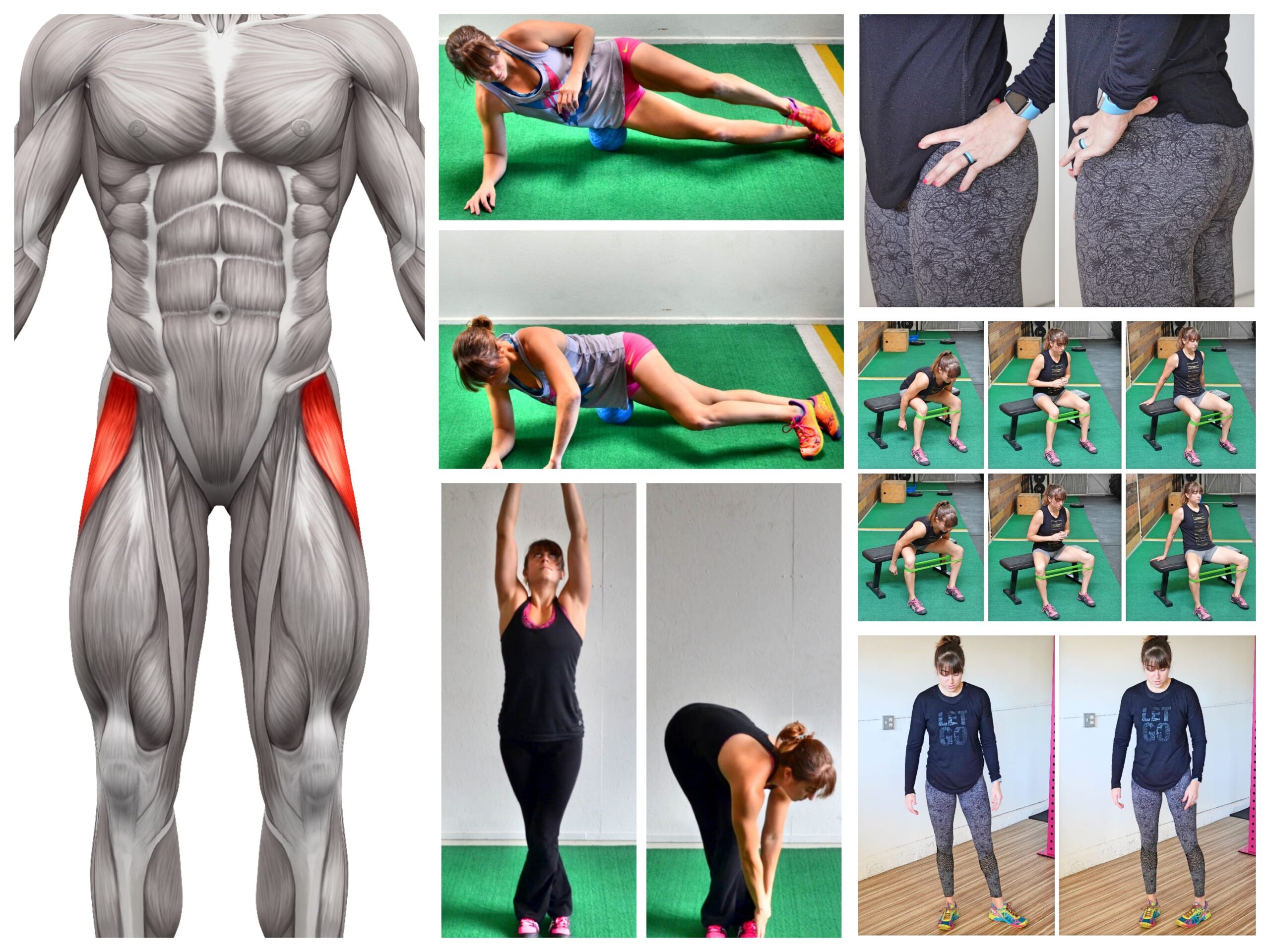
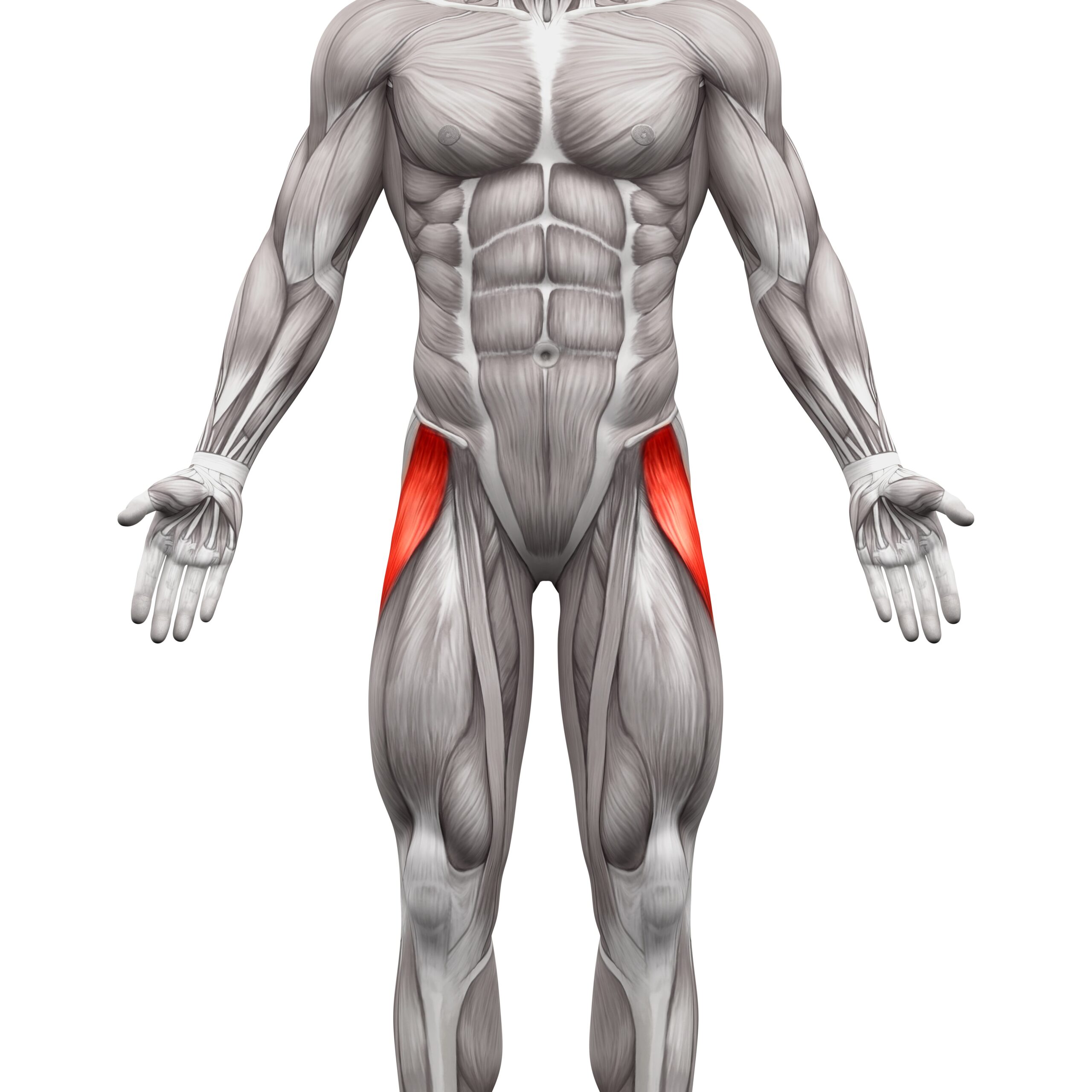

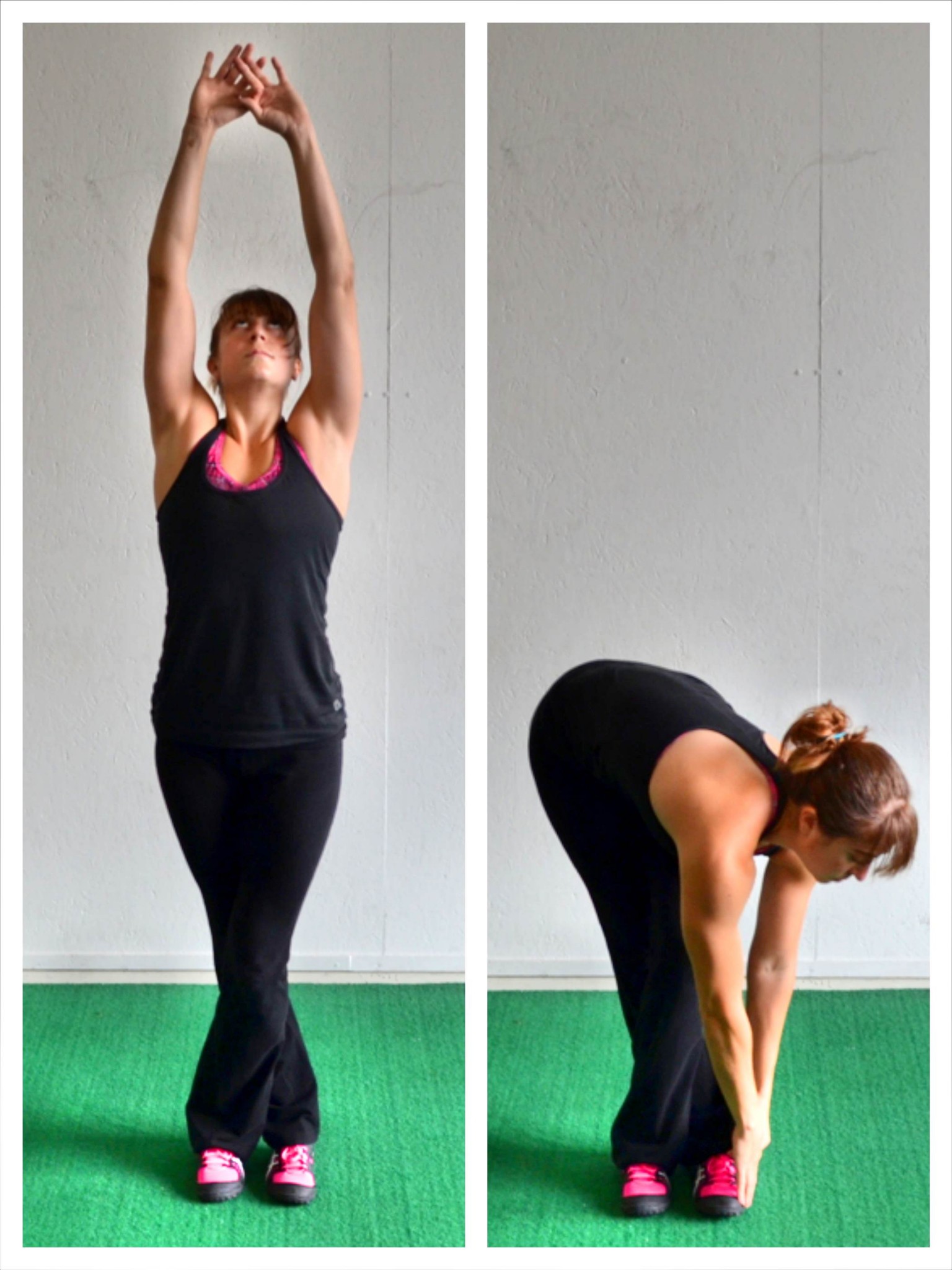
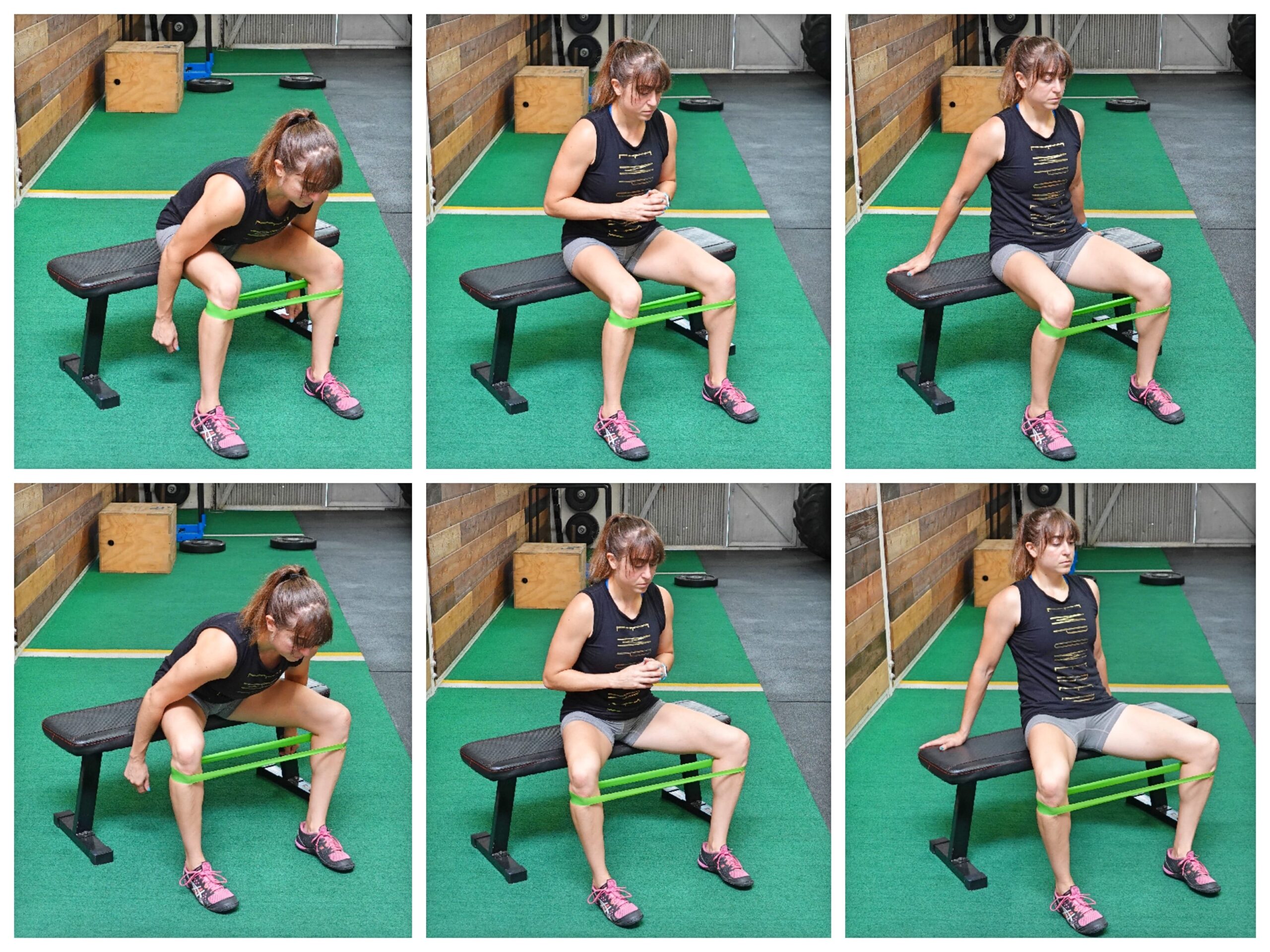
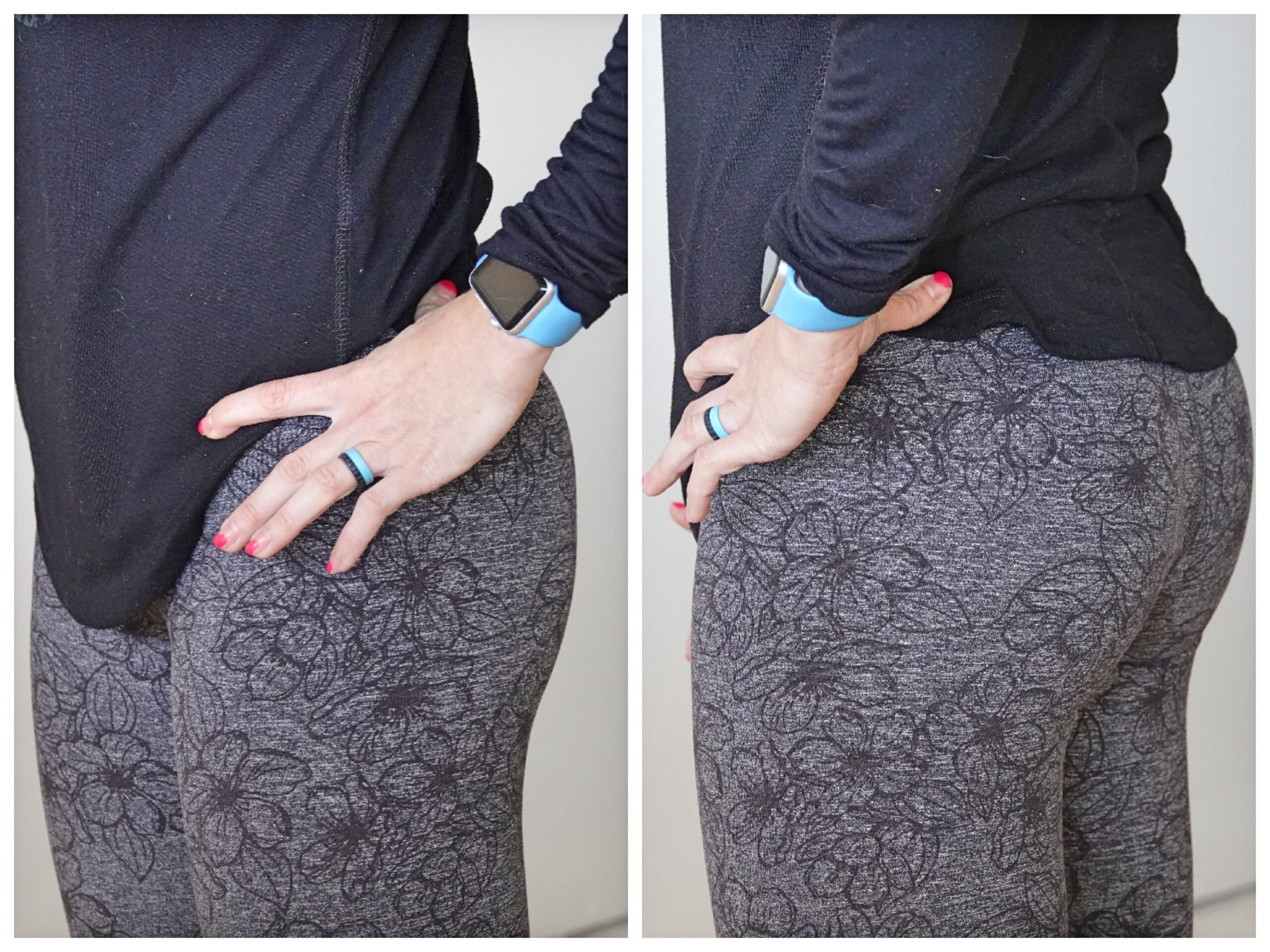
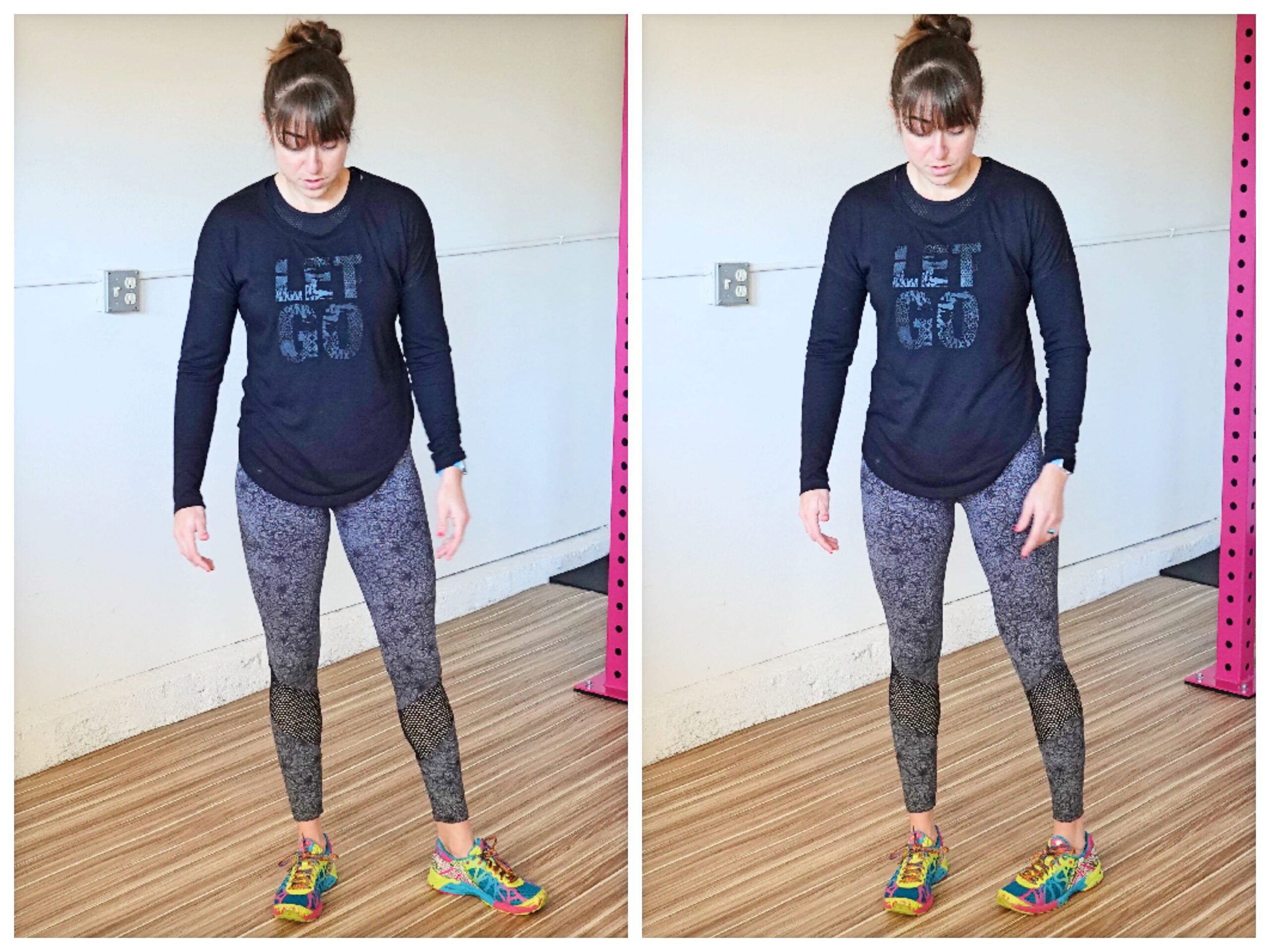



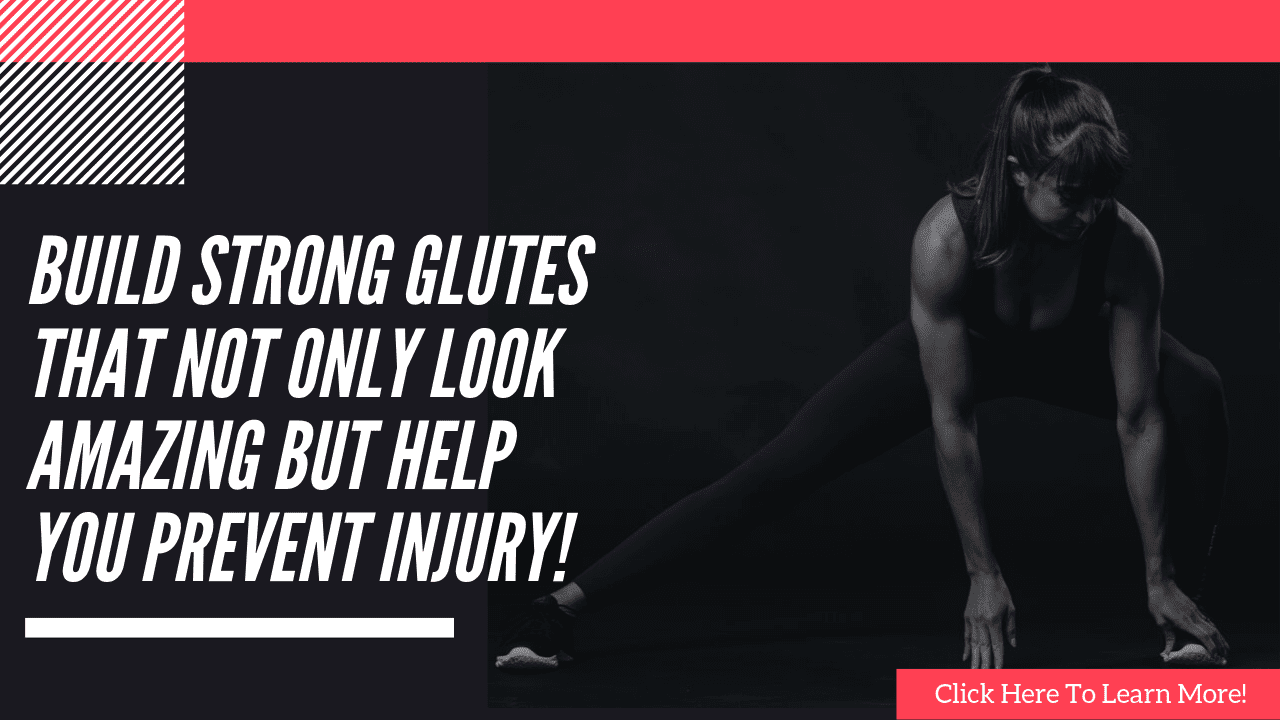
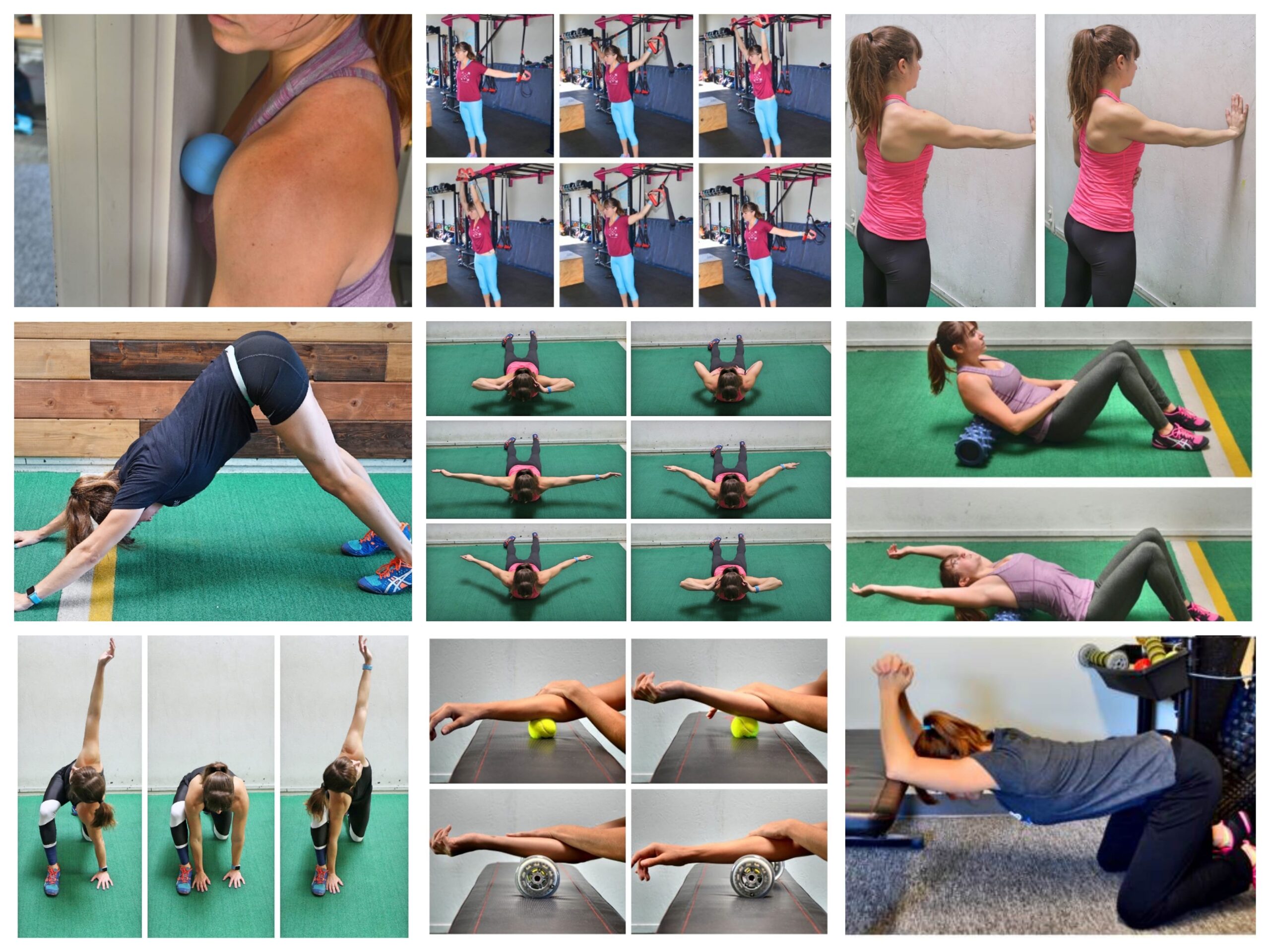

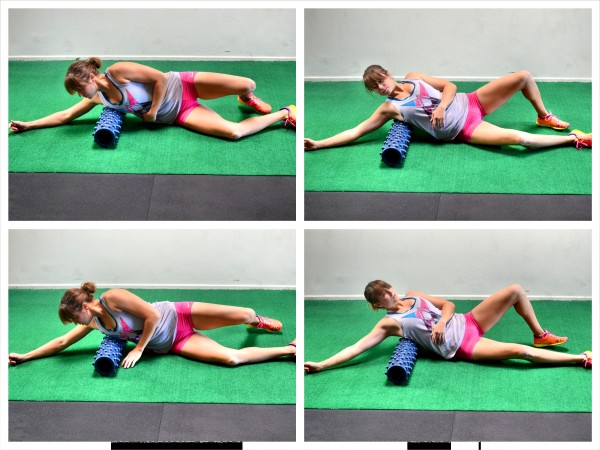
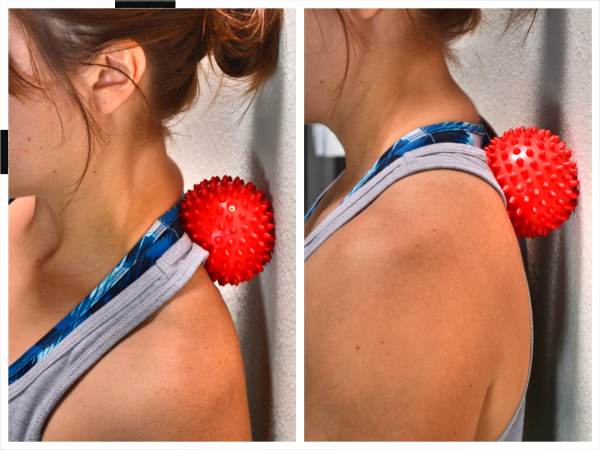
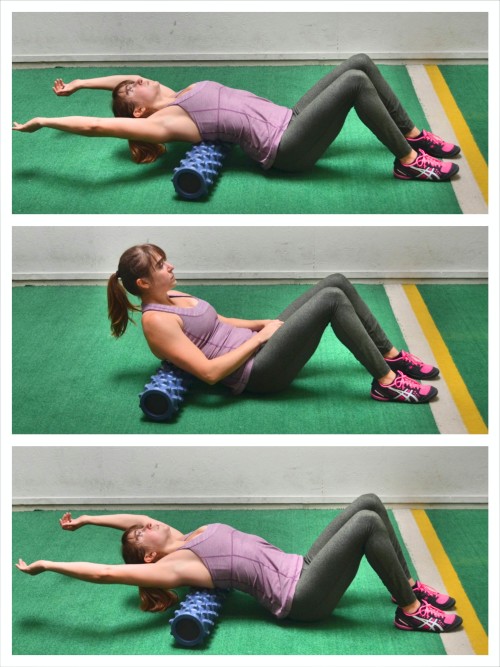
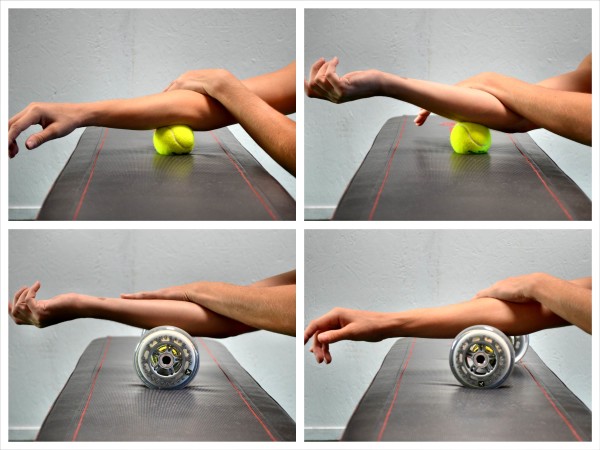

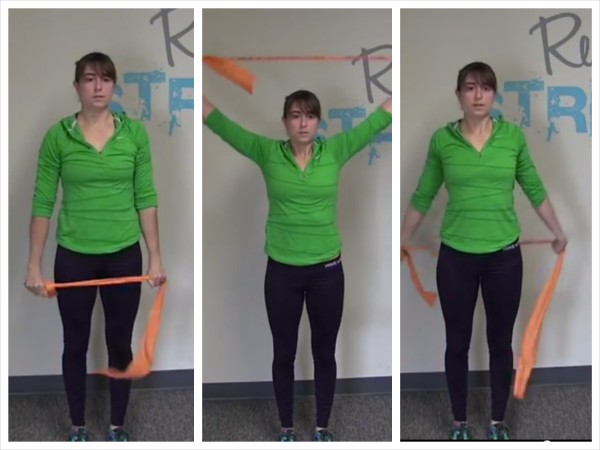
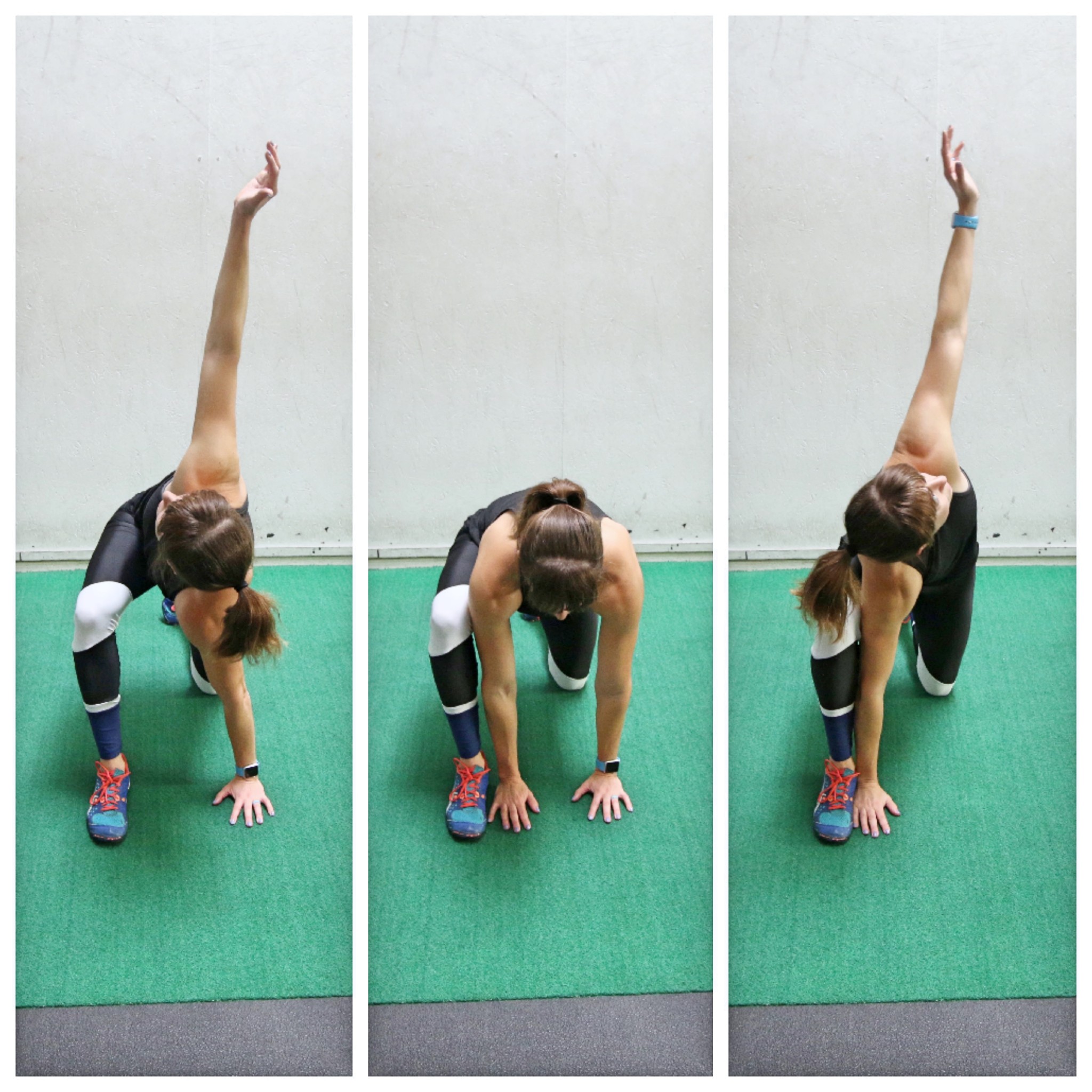
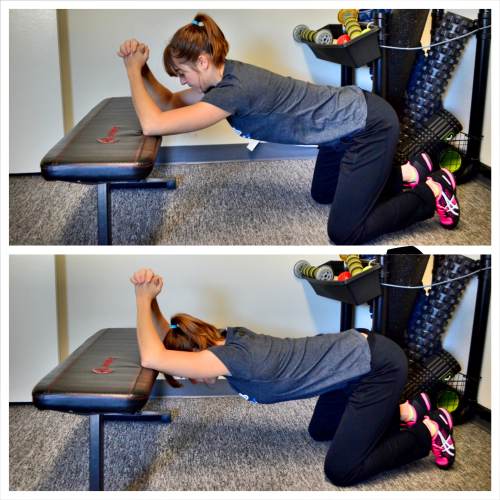
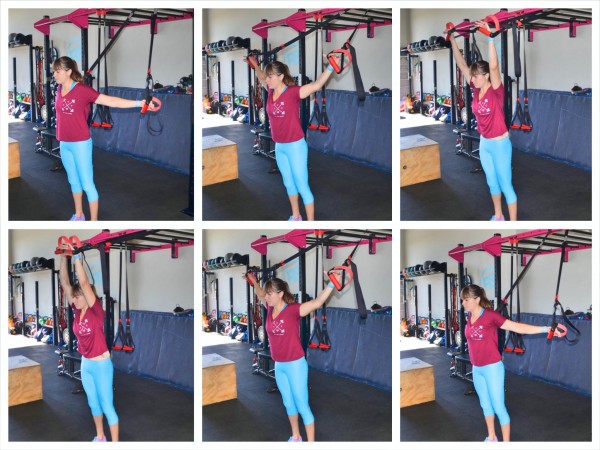
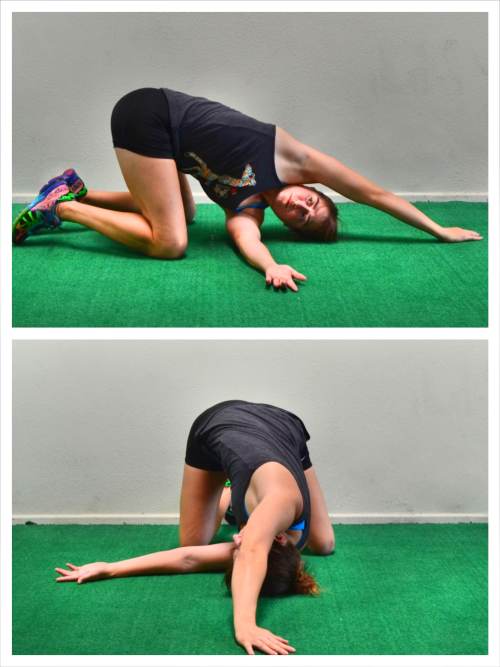

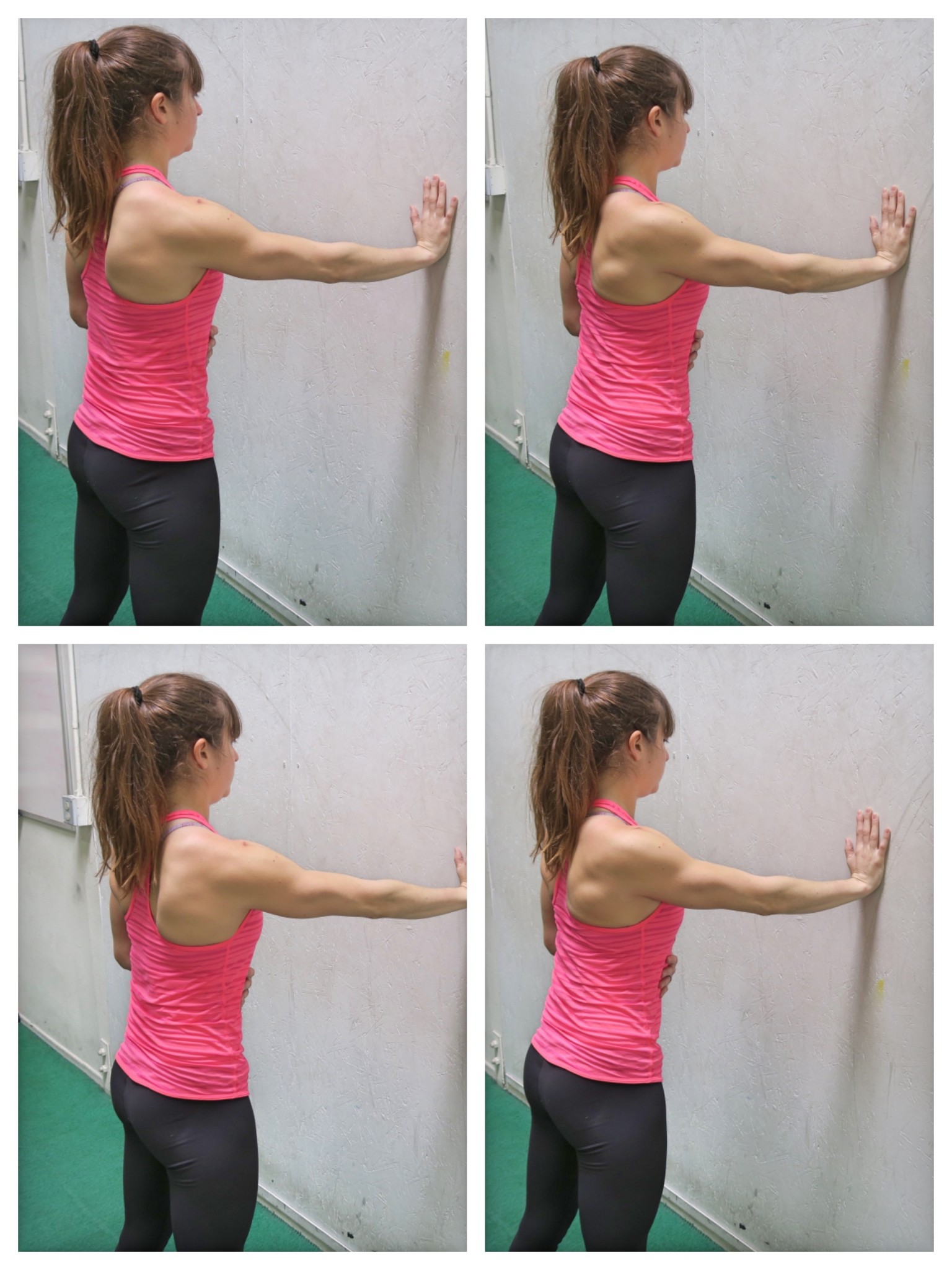

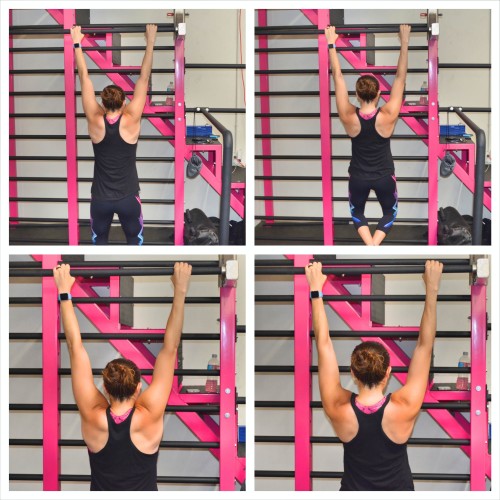
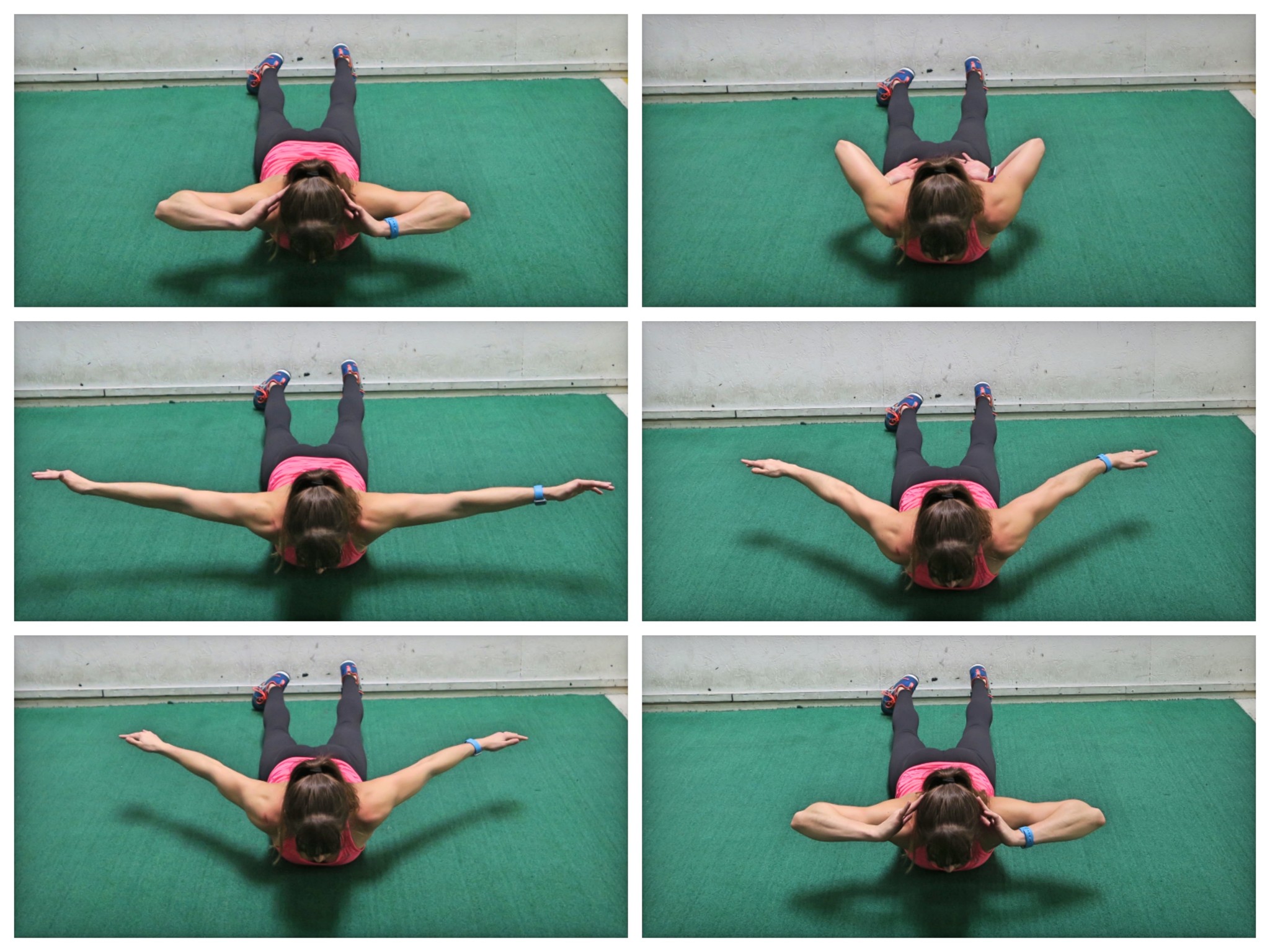

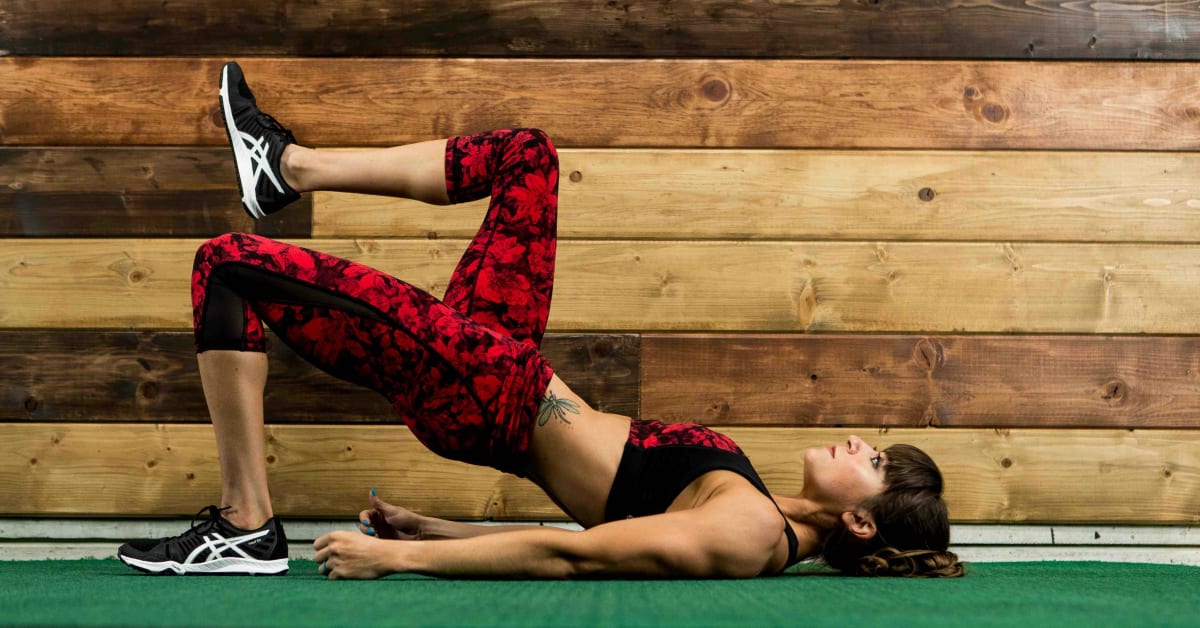


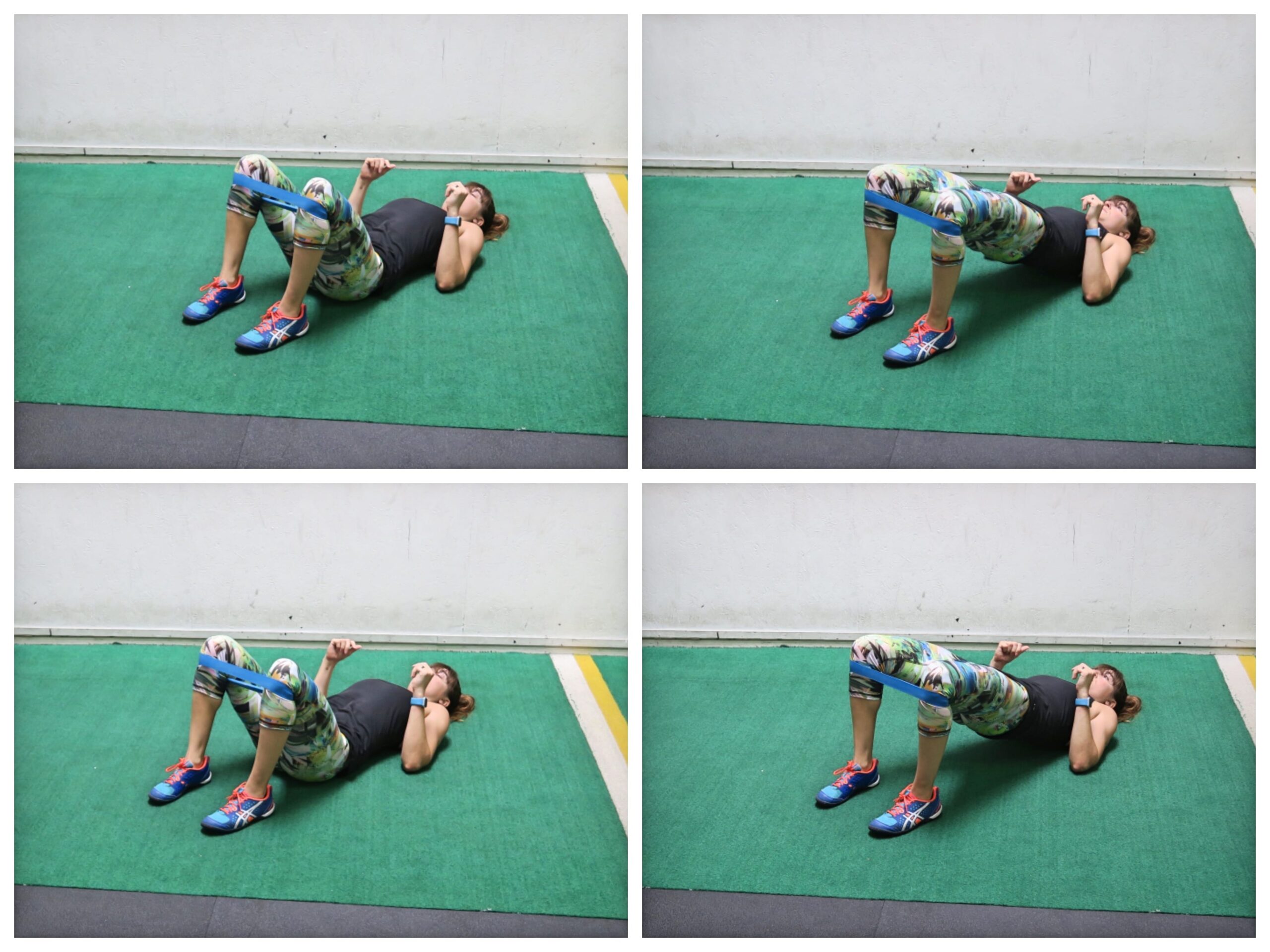


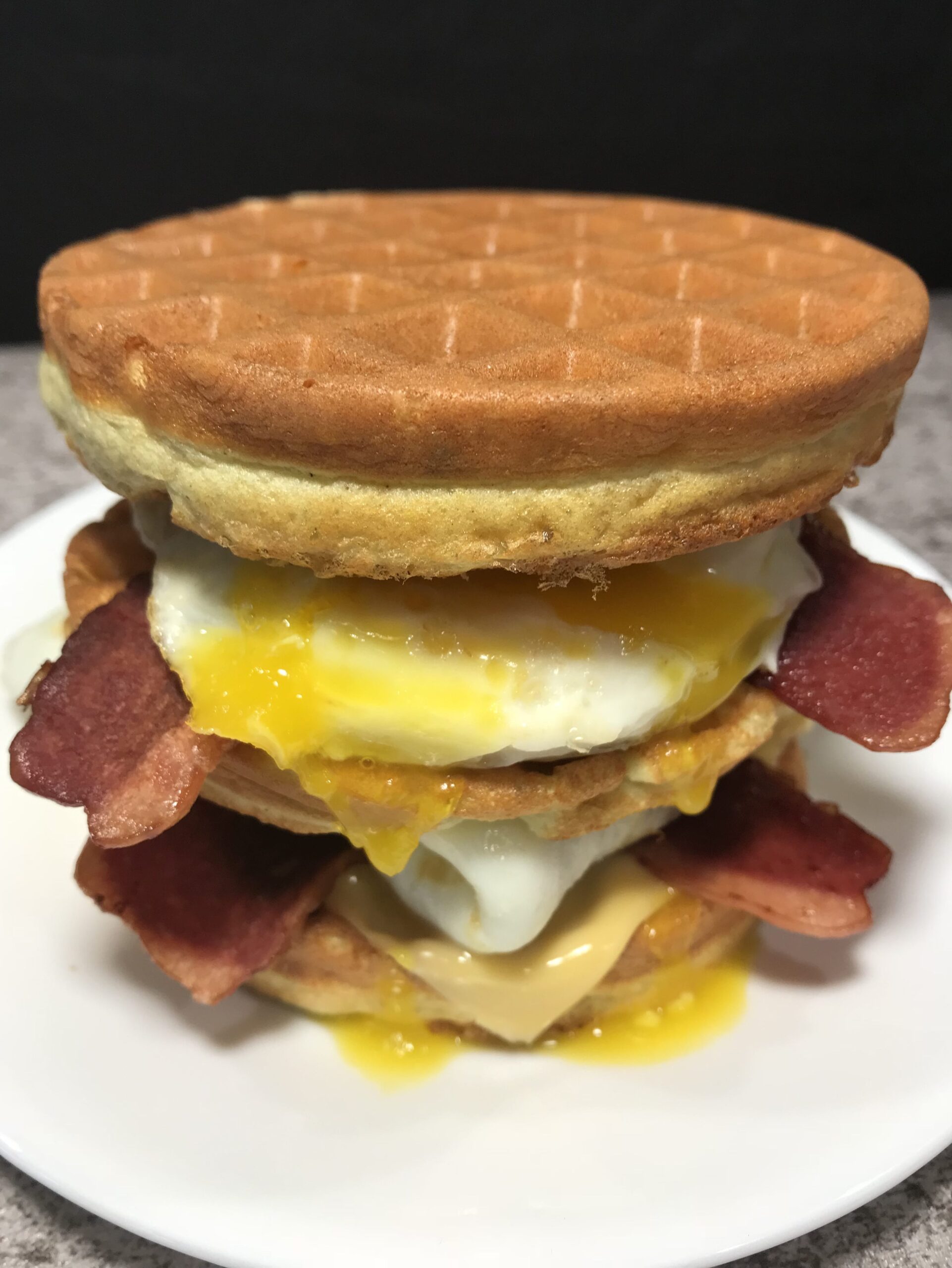 But A. These things don’t have to be bland and boring. And B. There has to be a balance which includes foods you enjoy.
But A. These things don’t have to be bland and boring. And B. There has to be a balance which includes foods you enjoy.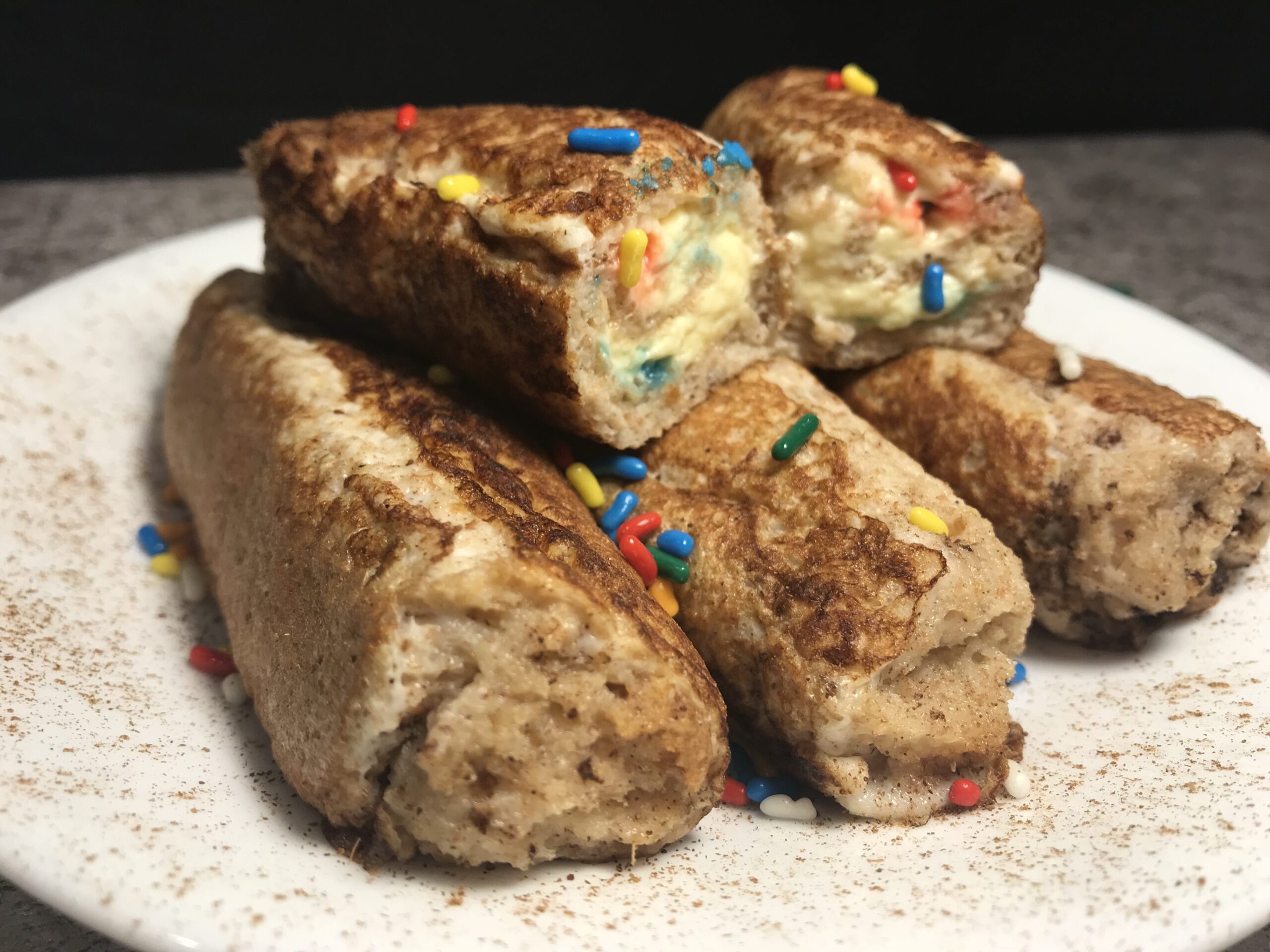 But what if we didn’t first cut out those foods we love the most?
But what if we didn’t first cut out those foods we love the most?